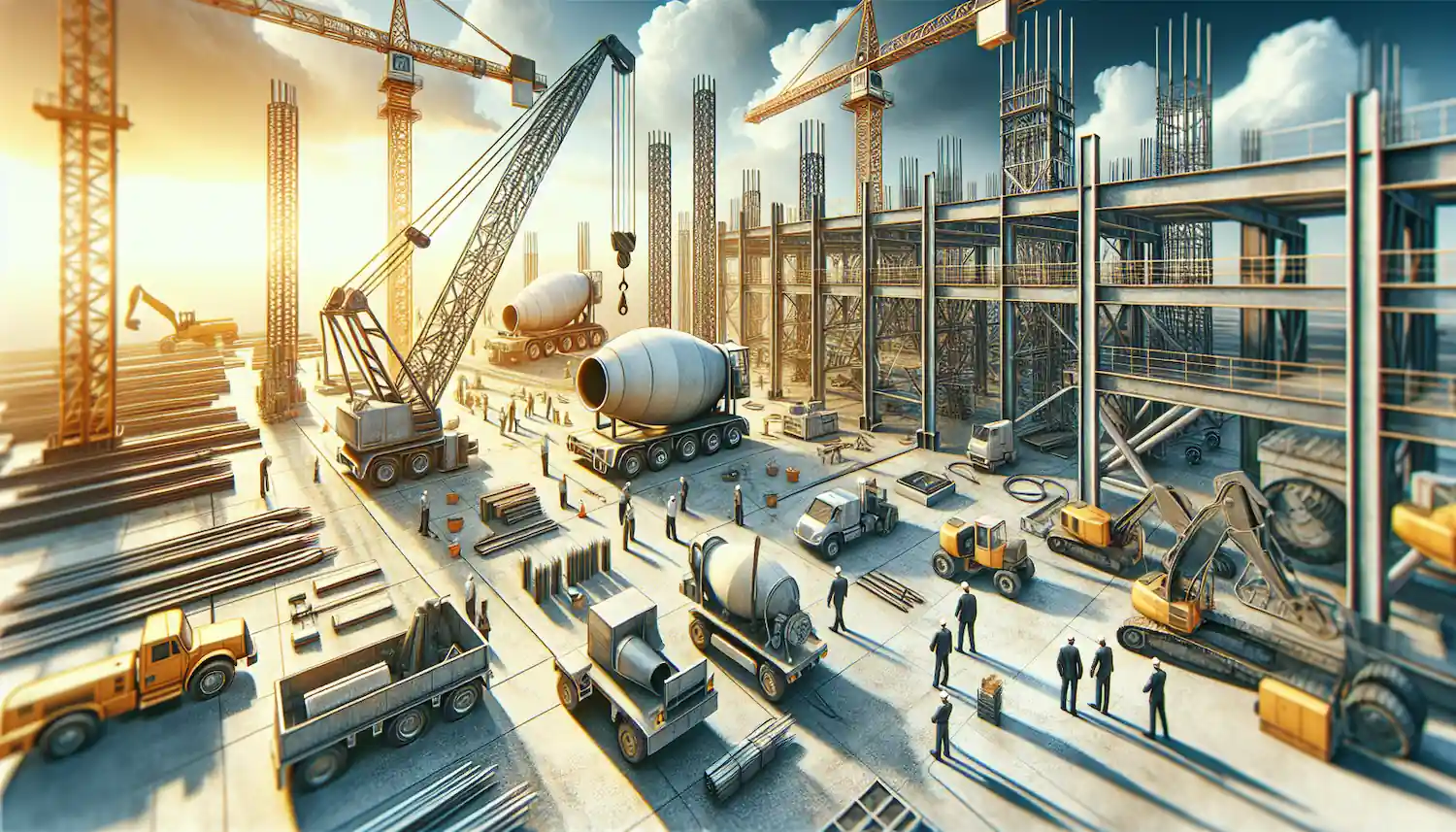5 Top-Rated Demolition Machines for Construction Professionals
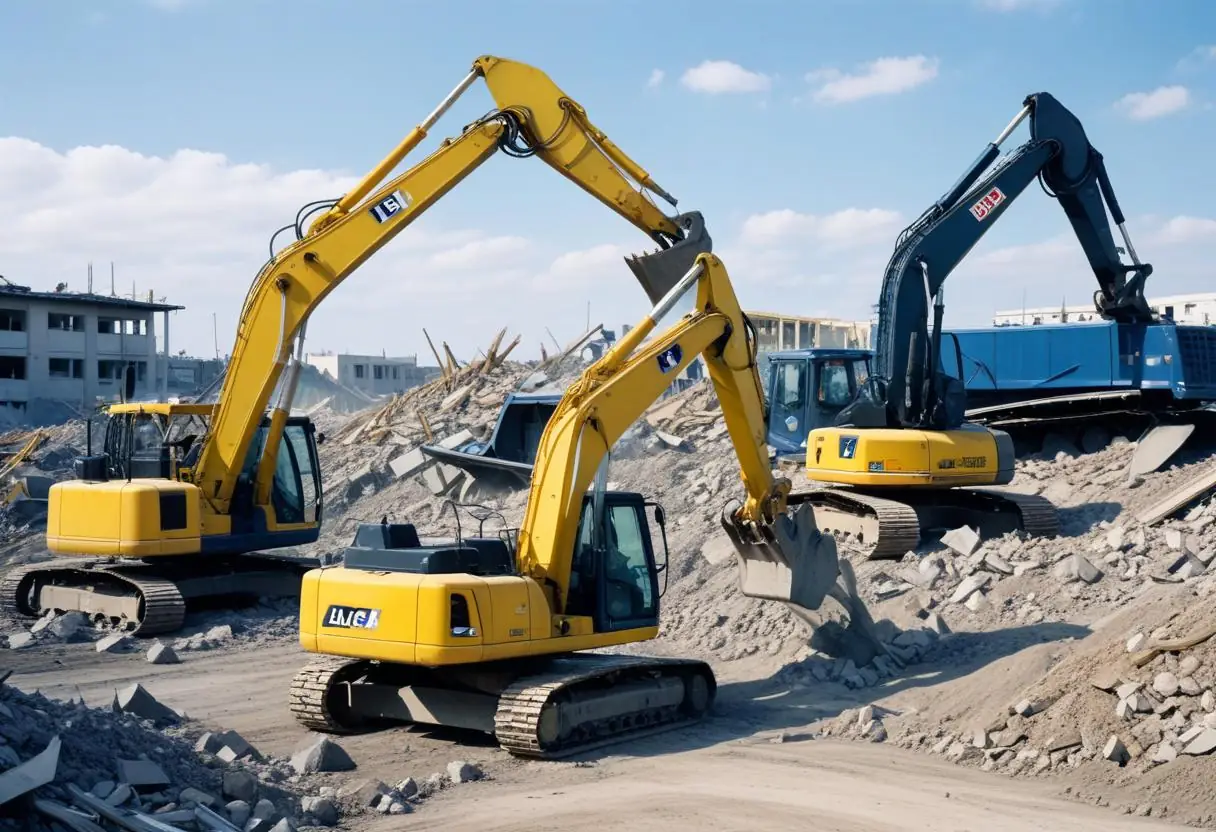
This article delves into some of the top-rated construction building demolition equipment that professionals should consider. From the formidable power of high reach demolition excavator and demolition tractors to the precision and versatility of demolition crane and wheel loaders, we explore the key features and benefits of each type of heavy demolition gear.
Additionally, we look at the importance of backhoe loaders in the demolition process, providing a comprehensive demolition equipment list to guide you in choosing the best demolition tools and equipment.
Whether you are dealing with large-scale projects requiring demolition heavy equipment or smaller tasks that call for more compact dimensions and small demolition equipment, this article aims to assist you in making informed decisions to optimize your construction efforts.
Excavators
Capabilities and Uses
Demolition excavators are indispensable on almost every construction site, serving various functions such as dredging, demolition, and landscaping. Known for their powerful hydraulics and digging capabilities, they can handle tasks ranging from river dredging to complex industrial deconstruction projects. High reach demolition excavators are particularly versatile due to their ability to operate in different environments, including steep slopes and uneven terrains.

Attachments
The real power of demolition excavators lies in their attachments, which transform them into multifunctional demolition tools. Common attachments include:
- Buckets: Used for digging, crushing, and scooping earth, with various sizes and shapes to suit different needs.
- Augers: Ideal for drilling precise holes in materials like earth and ice, ranging in size from 4 inches to 4 feet.
- Demolition Hammers/Breakers: Effective for pulverizing large surfaces like concrete, functioning similarly to a jackhammer.
- Rippers: Designed to rip through hard or frozen surfaces and can easily handle roots and tree stumps.
- Grapples and Thumbs: Useful for handling irregularly shaped materials or debris, enhancing the excavator's ability to manage demolition waste.
- Mulchers: Cut through vegetation and turn it into mulch, useful in forestry and environmental cleanup.
- Demolition Grabs: Ideal for sorting and handling demolition debris with precision.
- Pulverizers: Designed for crushing and pulverizing concrete structures during demolition.
- Quick Couplers: Allow for rapid switching between attachments, increasing versatility and efficiency on the job site.

Models and Variants
Demolition excavators come in various models and sizes, tailored to specific project needs. From mini excavators for light, precise work, to ultra high reach demolition excavators for heavy-duty tasks, each variant offers unique benefits. Popular models include:
- Crawler Excavators: Known for their stability on uneven ground, ideal for grading and mining.
- Wheeled Excavators: Best suited for urban projects and road construction due to easier maneuverability on flat surfaces.
- Mini Excavators: Minimize ground damage and are perfect for narrow spaces like indoor areas and crowded sites.
- High Reach Demolition Excavators: Equipped with extended booms and elevating cabs for safe and efficient demolition of tall structures.

For further assistance in selecting the right demolition excavator or to discuss attachment options, you're encouraged to contact MCH parts for a free sourcing machinery or parts consultation and receive a free quote.
Demolition Tractors
Power and Efficiency
Demolition tractors, also known as bulldozers, are equipped with large diesel engines that deliver the necessary power for heavy tasks like pushing, digging, and leveling materials such as soil and debris.
These engines transfer power through a transmission system to the tracks or wheels, enhancing the demolition tractor's traction and mobility, crucial for operations like excavation and road building.

Standard Uses
In construction, demolition tractors are indispensable for tasks such as land clearing, grading, and earthmoving. They are also pivotal in waste handling, where they move and compact waste in landfills, optimizing space and ensuring safe disposal.
Beyond construction, demolition tractors assist in agricultural tasks, such as plowing and landscaping, demonstrating their versatility across different sectors.
Terrain and Mobility
Crawler demolition tractors are best suited for soft ground or steep slopes, offering stability and traction due to their wide tracks. Conversely, wheel demolition tractors provide better mobility and speed on level ground, making them ideal for urban projects or short-distance hauling.
This adaptability allows demolition tractors to operate efficiently in various environments, from dense forests to sensitive urban sites.
For further assistance in selecting the right demolition tractor or to discuss attachment options, you're encouraged to contact MCH parts for a free sourcing machinery or parts consultation and receive a free quote.
Skid Steer Loaders
Compact Design
Wheel loaders, specifically skid steer loaders, are renowned for their compact dimensions, allowing them to maneuver in tight spaces where larger demolition machinery can not operate.
This agility is primarily due to their unique steering mechanism. Unlike traditional vehicles, skid steers don't turn their wheels. Instead, they skid, or drag, their wheels on one side to pivot, making them incredibly effective in confined areas.

Attachments and Versatility
The versatility of skid steer loaders is significantly enhanced by their ability to accommodate various attachments. From standard buckets and forks to more specialized tools like augers and trenchers, these attachments transform skid steers into multifunctional high reach machine demolition capable of handling diverse tasks.
This adaptability makes them invaluable on job sites with varied requirements, from demolition and excavation to landscaping and roadwork.
Typical Applications
Skid steer loaders are utilized across multiple industries due to their versatility and efficiency. They are particularly effective in construction and demolition, where their size and power allow for the quick teardown of structures and the removal of debris.
Additionally, their capabilities extend to agricultural and landscaping projects, making them a go-to choice for a wide range of earthmoving tasks.
For further assistance in selecting the right skid steer loader or to discuss attachment options, you're encouraged to contact MCH parts for a free sourcing machinery or parts consultation and receive a free quote.
Cranes
High-Reach Capabilities
Cranes are essential for high-level demolition projects, especially in urban environments where space is limited. Tower cranes excel in these settings due to their ability to dismantle buildings from the top down.
The versatility of telescopic cranes is also notable, with extendable booms that reach varying heights, making them suitable for different project demands. For exceptionally high reach, the Rusch Demolition Machines combine crane and excavator technology to achieve stability and reach heights up to 90 meters.

Safety Features
Ensuring the safety of both the operators and the surrounding area during demolition is paramount. Rusch Demolition Machines are equipped with advanced safety systems that actively enhance operator and site safety.
Additionally, comprehensive pre-demolition surveys and strict adherence to health and safety regulations are crucial for safe operations, as emphasized by practices that include establishing large exclusion zones and using protective gear.
Attachments for Different Tasks
Cranes can be fitted with a variety of attachments to handle different materials and tasks effectively. Common attachments include wrecking balls for breaking down structures and various lifting attachments like spreader beams and crane bins, which are essential for transporting heavy and bulky materials.
Specialized attachments such as slab bundle handlers and coil C-hooks are also used to move specific types of loads efficiently.
For further assistance in selecting the right crane or to discuss the best attachment options for your project, you're encouraged to contact MCH parts for a free sourcing machinery or parts consultation and receive a free quote.
Backhoe Loaders
Dual Functionality
Backhoe loaders combine the robustness of a tractor with the precision of a backhoe, making them ideal for a variety of tasks on construction sites. These machines feature a loader bucket on the front for pushing, lifting, and carrying materials, and a backhoe on the back for efficient digging.
This dual functionality allows you to perform multiple tasks with a single machine, from excavation to material transport.

Primary Uses
Primarily used for excavation, backhoe loaders are also adept at handling a wide range of other tasks. These include digging trenches, uprooting trees, and moving heavy loads like boulders and gravel.
Their versatility extends to paving roads and parking lots, making them invaluable in both construction and agricultural settings.
Additionally, they are capable of small demolition tasks, breaking up pavement, and cleaning up worksites.
Handling Different Materials
Backhoe loaders are equipped to handle various materials with ease. Their powerful hydraulic arms and adaptable buckets allow for precise manipulation of soil, gravel, and other construction debris.
This capability is enhanced by a range of attachments, including breakers, augers, and forks, which transform these machines into versatile tools suited for tasks such as loading dumpers, replenishing trucks, or reorganizing piles at the job site.
For further assistance in selecting the right backhoe loader or to discuss the best attachment options for your project, you're encouraged to contact MCH parts for a free sourcing machinery or parts consultation and receive a free quote.
Conclusion
Reflecting on the insights provided, it is evident that the selection of demolition machines and their attachments plays a pivotal role in maximizing operational efficiency, safety, and environmental stewardship in the construction sector.
Whether it's the versatile excavators, robust bulldozers, agile skid steer loaders, powerful cranes, or the dual-functional backhoe loaders, each machine offers distinct advantages catered to the diverse demands of construction and demolition projects.
Emphasizing their capabilities, attachments, and models helps in understanding how they contribute to the dynamic construction industry's needs, fostering informed decision-making among professionals.
It's crucial for construction professionals to equip themselves with the right machinery to meet project demands effectively. Thus, for tailored advice and options that best suit your project's requirements, consider reaching out to MCH Parts for a free sourcing machinery or parts consultation, ensuring your business benefits from top-tier equipment and service.
By embracing the insights and recommendations laid out in this guide, industry professionals can not only enhance their project outcomes but also contribute toward safer, more sustainable, and efficient construction practices, underpinning the broader significance of these formidable demolition machines in shaping the built environment.
FAQs
What are the most commonly used types of construction equipment?
The most popular types of construction equipment include Excavators, Backhoes, Bulldozers, Graders, Skid Steers, Articulated Trucks, Compact Track Loaders, and Compactors. Each of these machines serves specific purposes, such as heavy lifting, digging, grading, and compacting surfaces.
Which types of heavy demolition equipment are essential in construction?
In construction, the essential heavy equipment types include Bulldozers, Trucks, Excavators, Loaders, Cranes, Graders, Rollers, and Pavers. These machines are indispensable for tasks ranging from earthmoving and hauling to lifting and paving.
What is the best excavator for demolition tasks?
Hydraulic excavators are the most suitable for demolition projects. Known for their powerful digging capabilities, they are also effective in heavy lifting and shifting debris, making them invaluable on demolition sites.
Which construction equipment is the most profitable to own or rent out?
Excavators are among the most profitable pieces of construction equipment to own or rent out. Their versatility and high demand for various tasks such as digging, demolition, and heavy lifting make them a lucrative investment for equipment rental businesses.
Read More
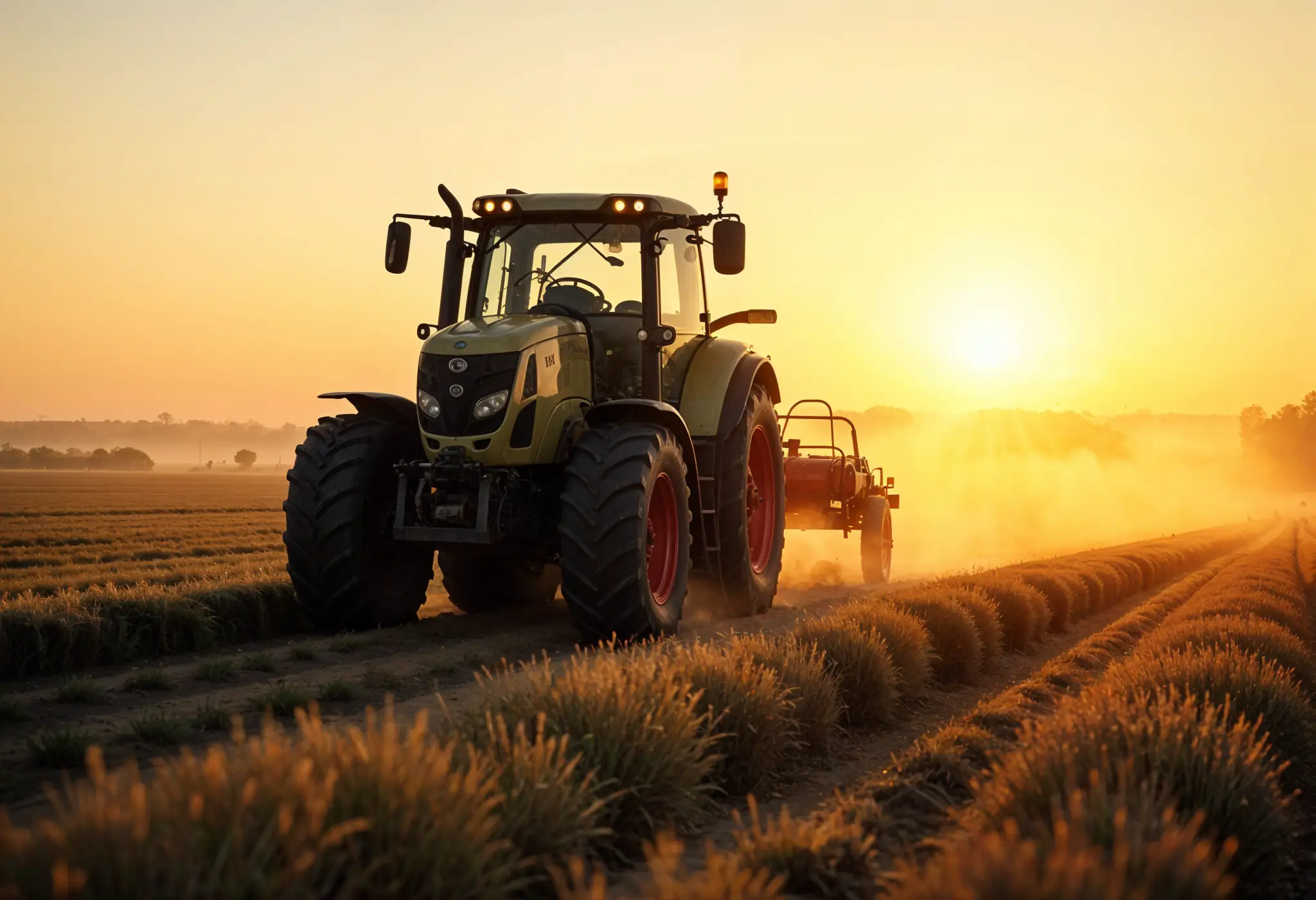
Top Hydraulic Components for Agricultural Equipment in 2025: Complete Guide
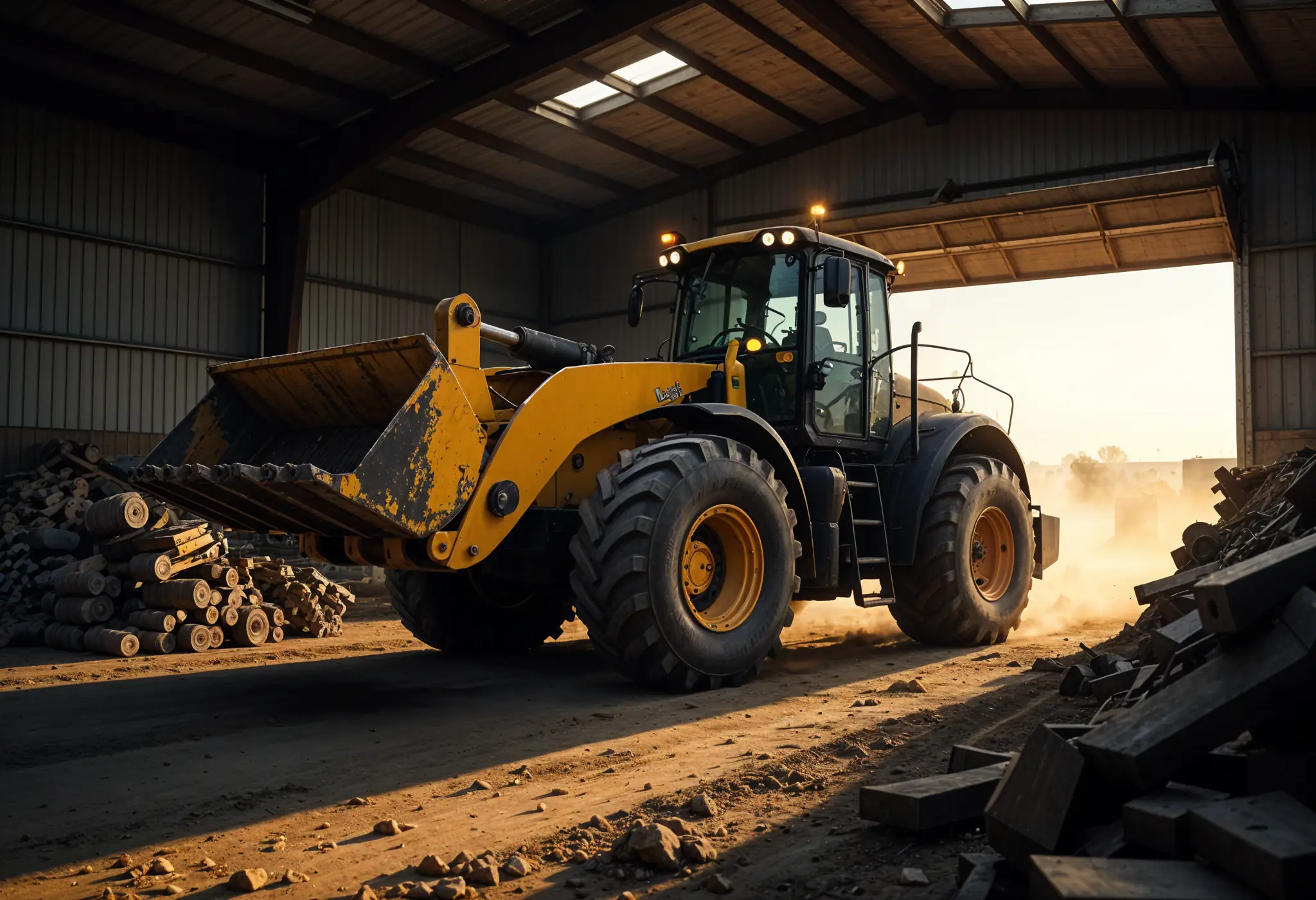
The Essential Farm Equipment Parts You Can't Afford to Run Out Of
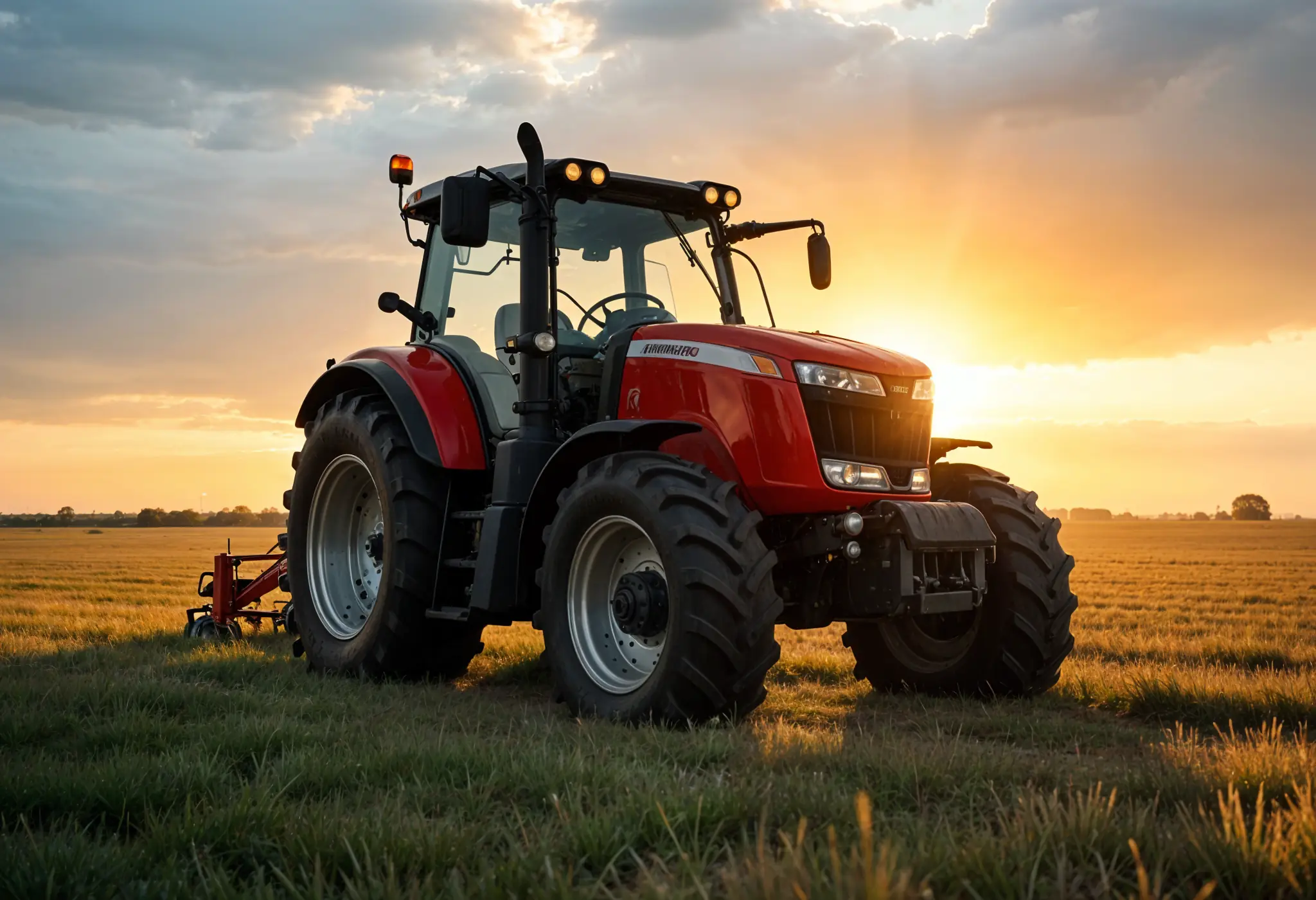
How to Service Farm Equipment: A Farmer's Guide to Zero Harvest Downtime
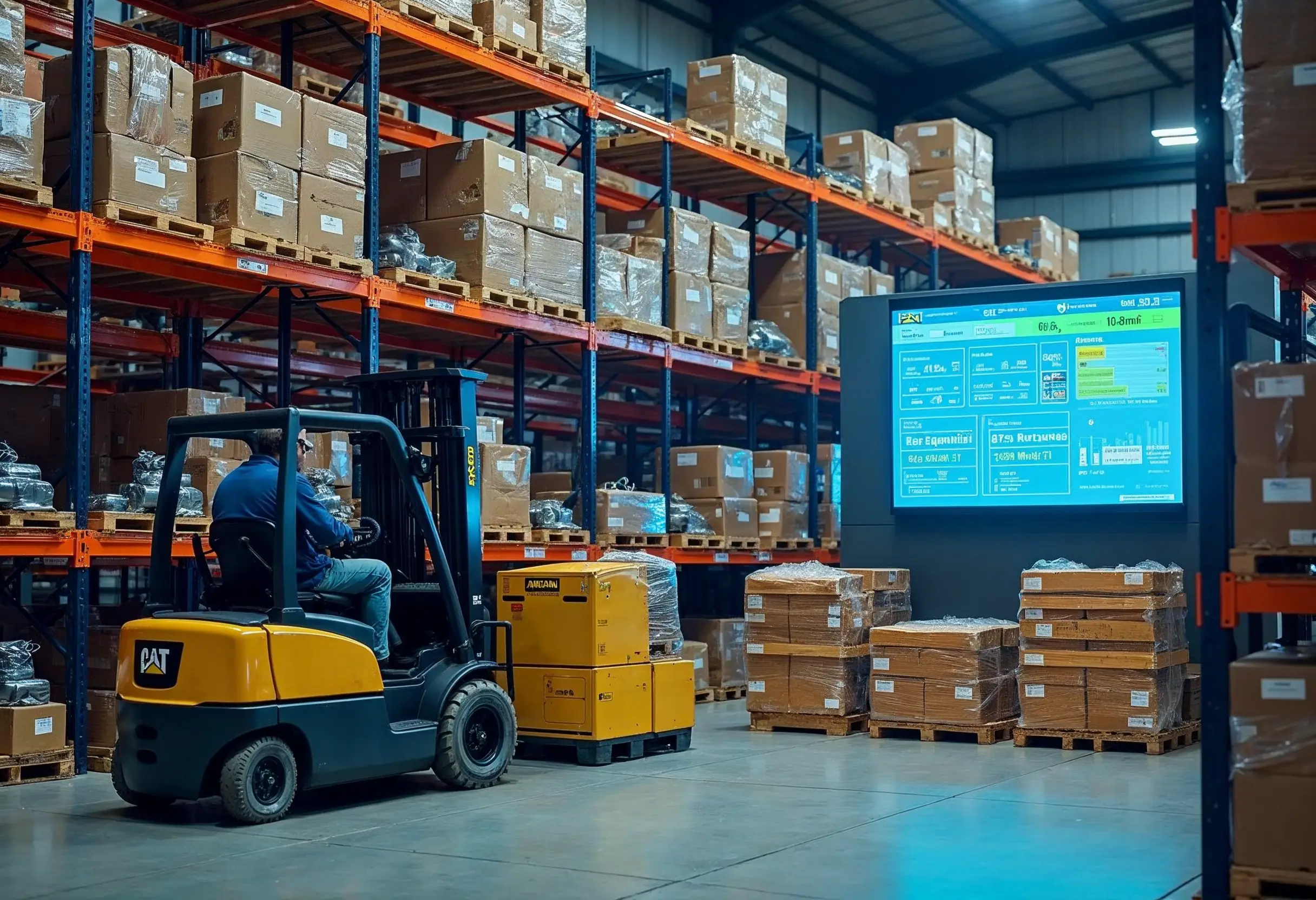
Construction Machinery Parts Suppliers: Expert Selection Guide
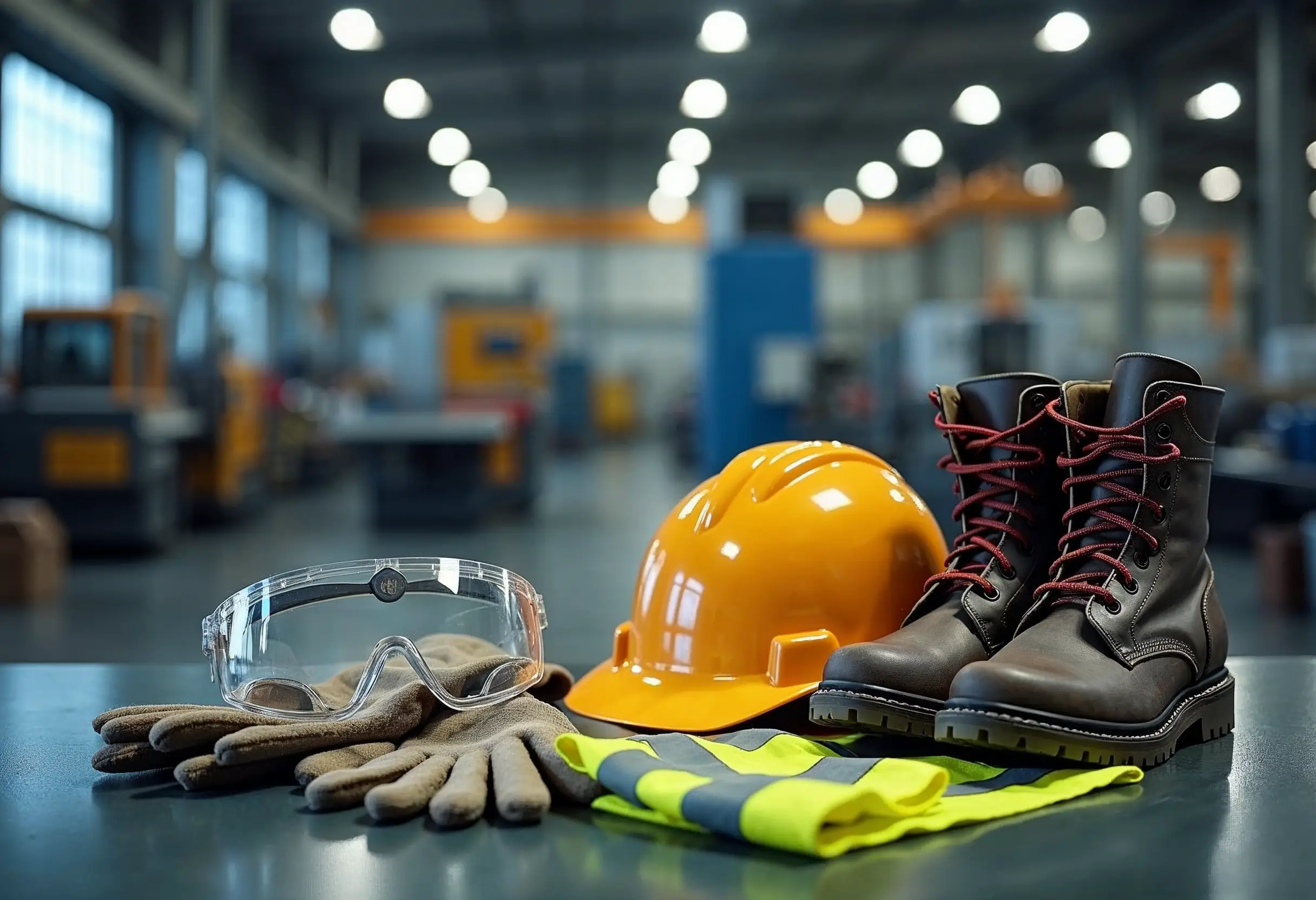
How to Apply Machine Safety Rules: From Selection to Installation

Smart Diagnostics Cut Heavy Equipment Failures by 73%
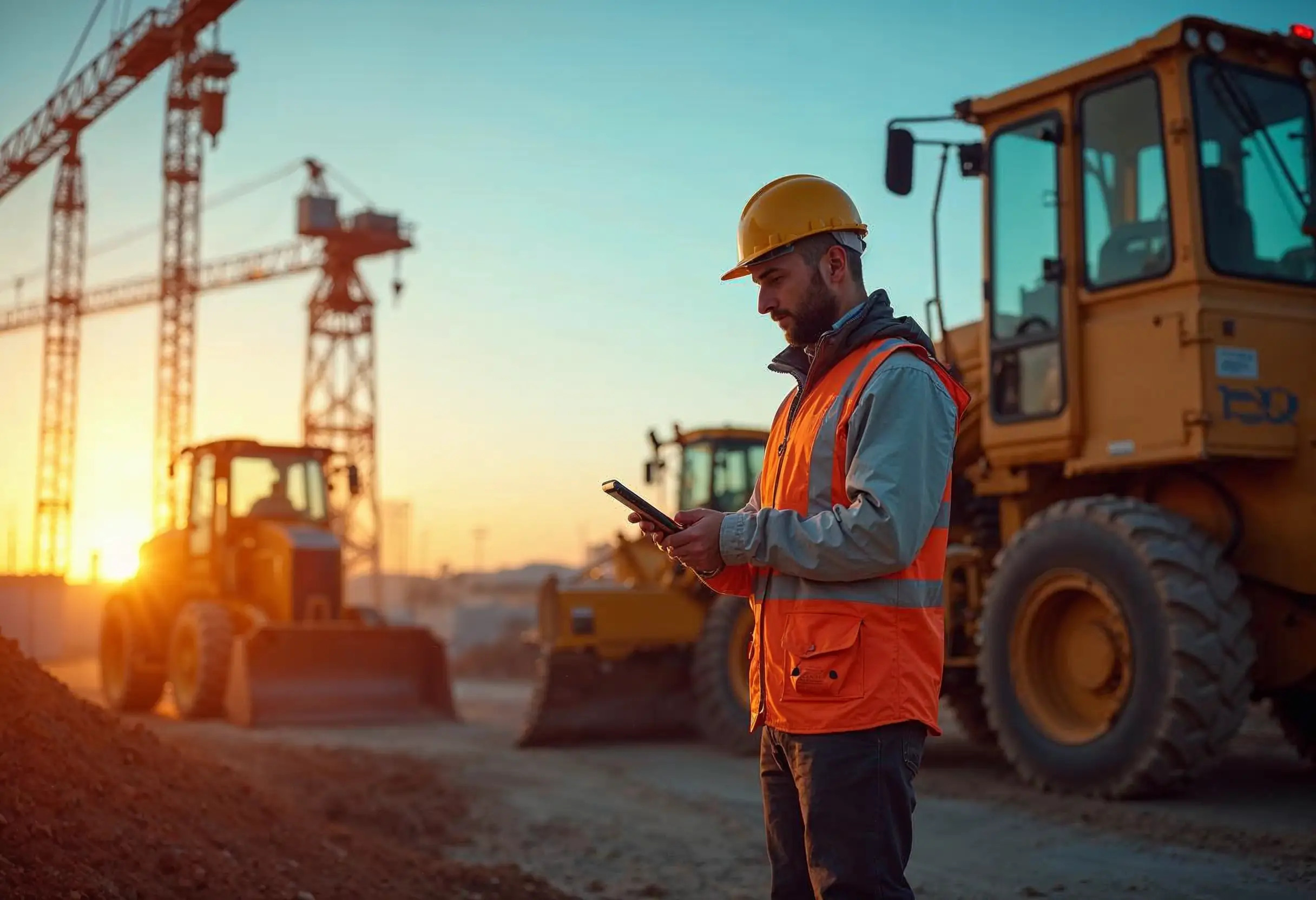
5 Ways to Assess the Environmental Impact of Heavy Construction Machinery

10 Smart Ways to Pick Construction Machinery for 2025 Projects
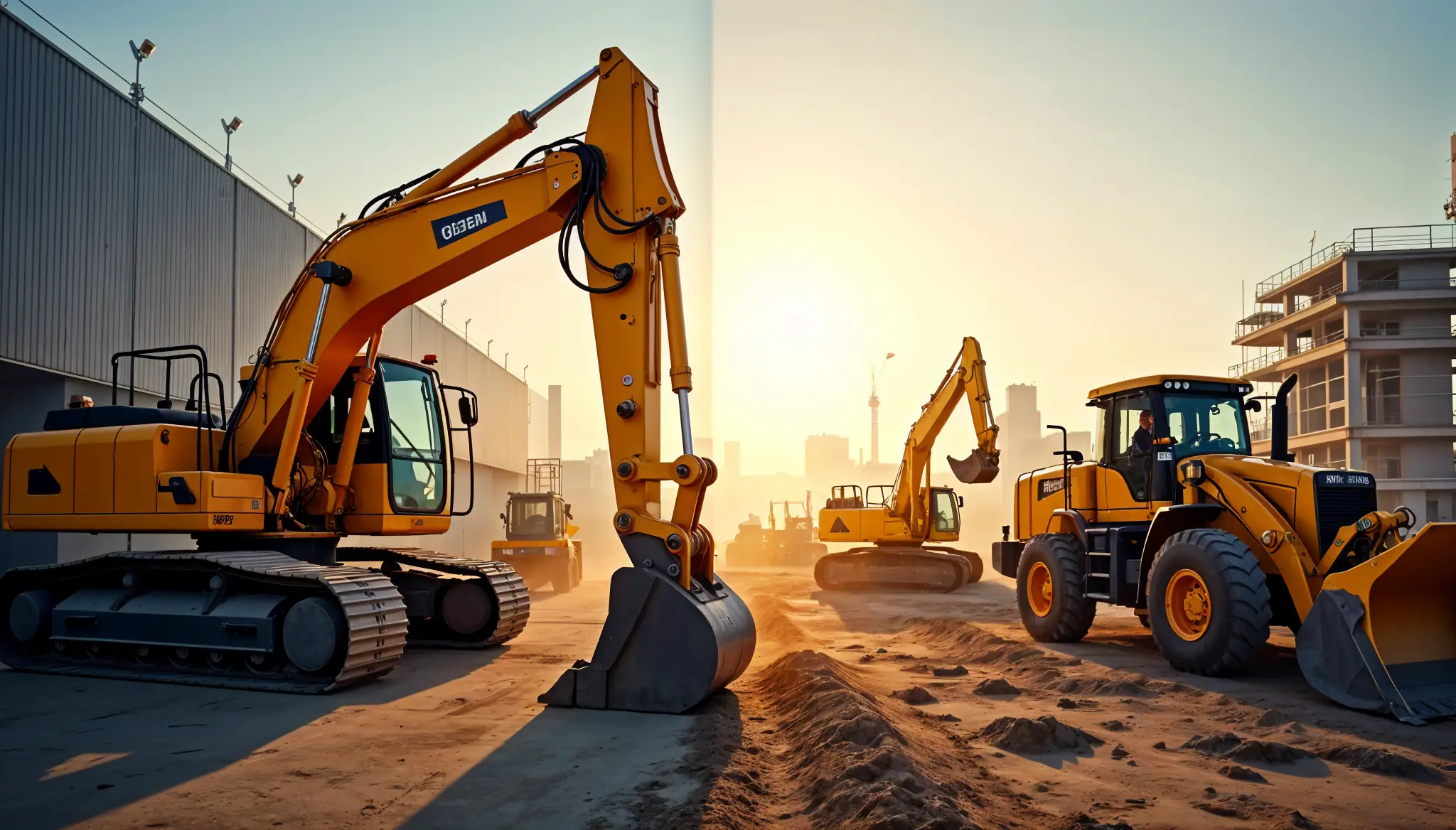
Rent vs Purchase Equipment: What Heavy Industry Experts Hide
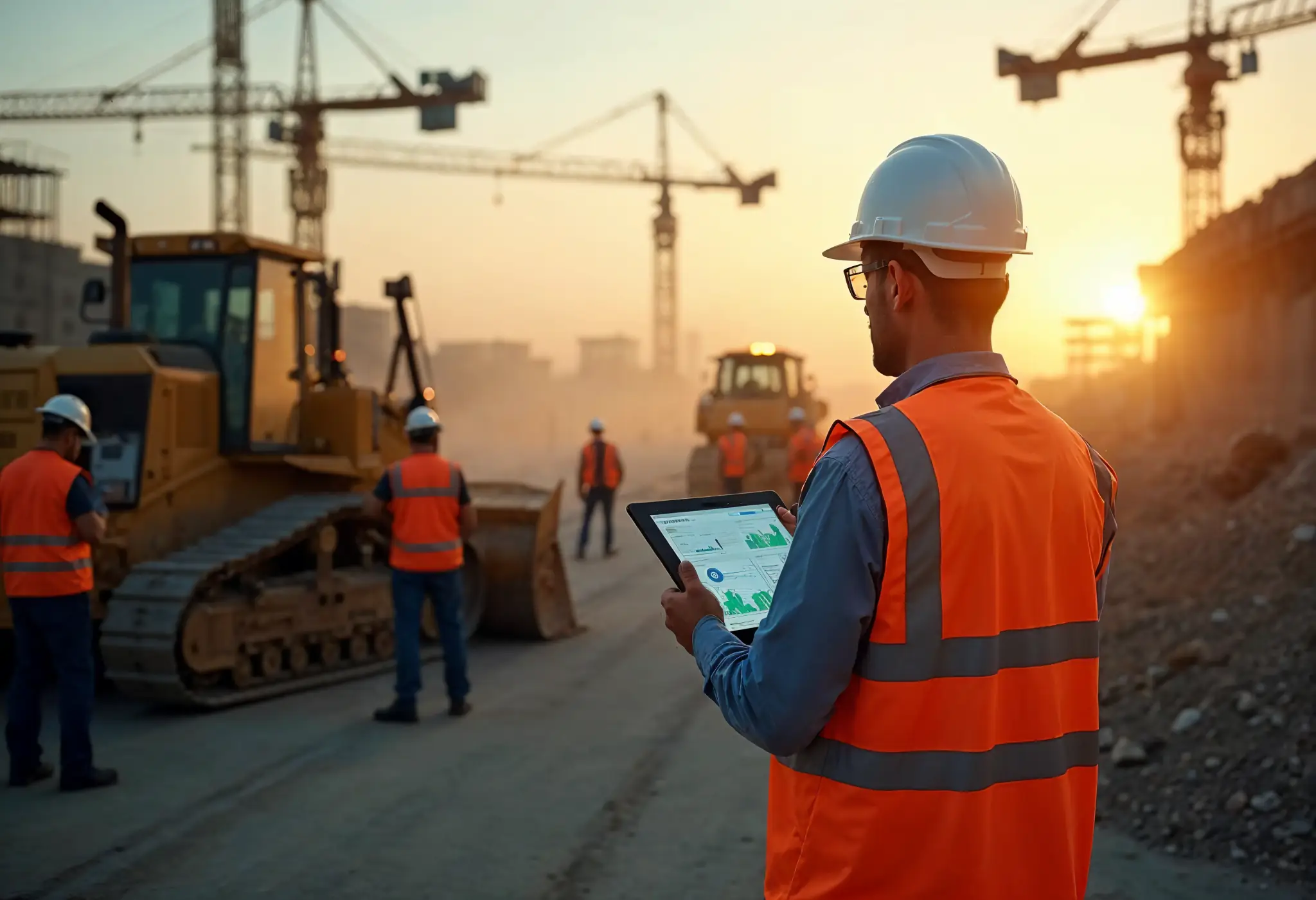
How to Implement a Construction Inventory Management System for Equipment Efficiency
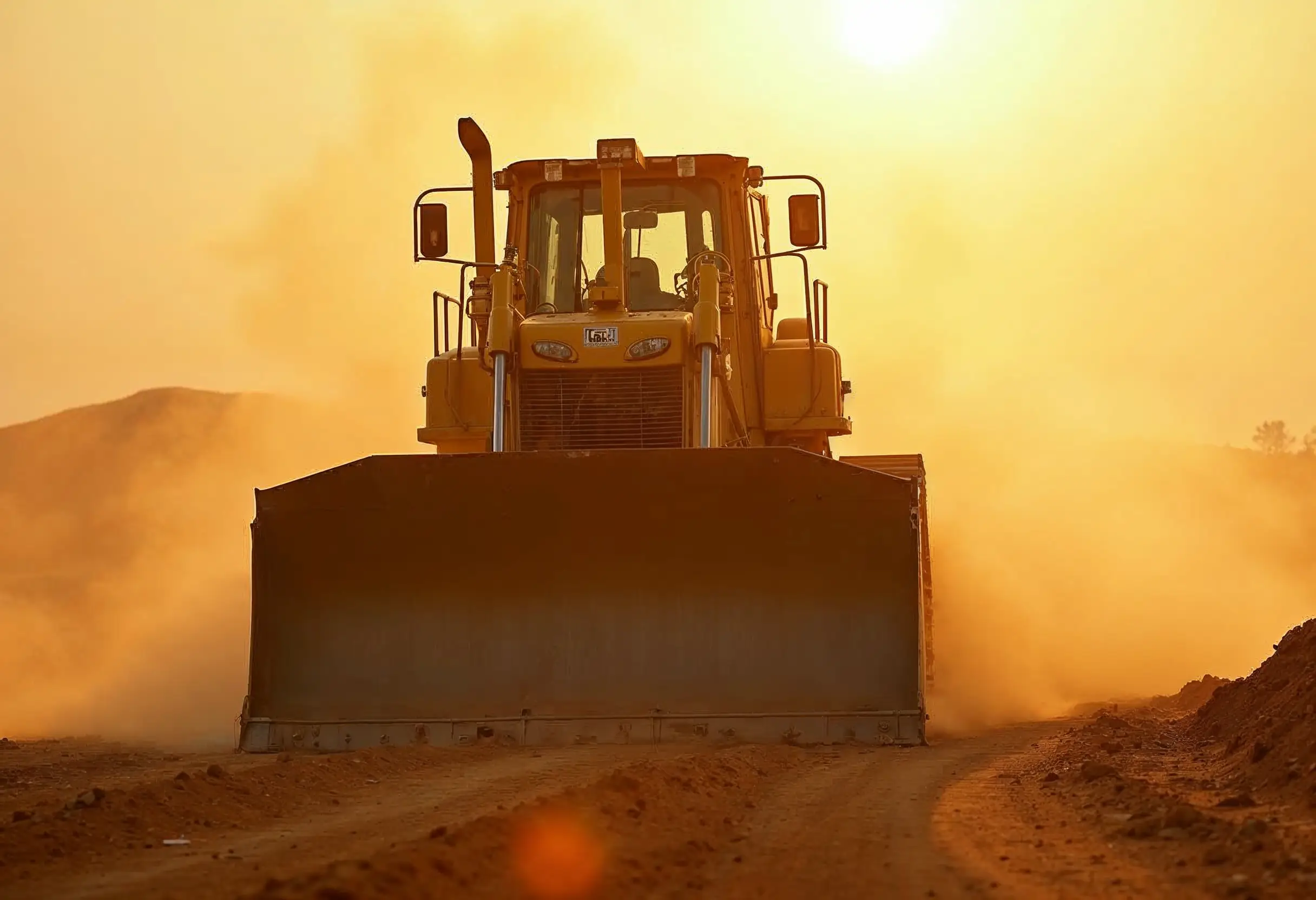
How to Extend Equipment Life Expectancy with Regular Maintenance
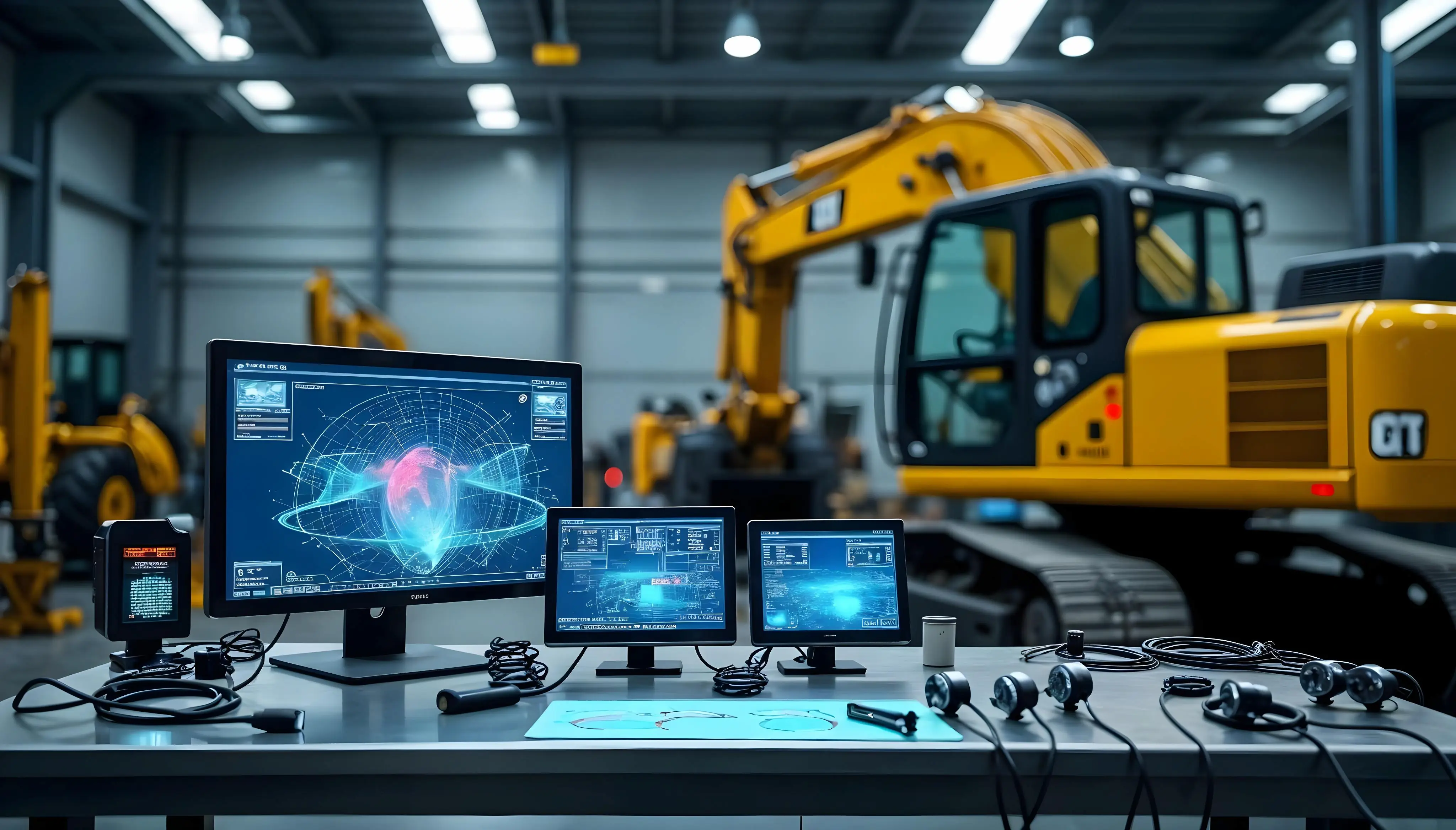
Advanced Heavy Equipment Diagnostic Tools: Ensuring Construction Machinery Quality
Essential Features Your Construction Equipment Inventory System Needs
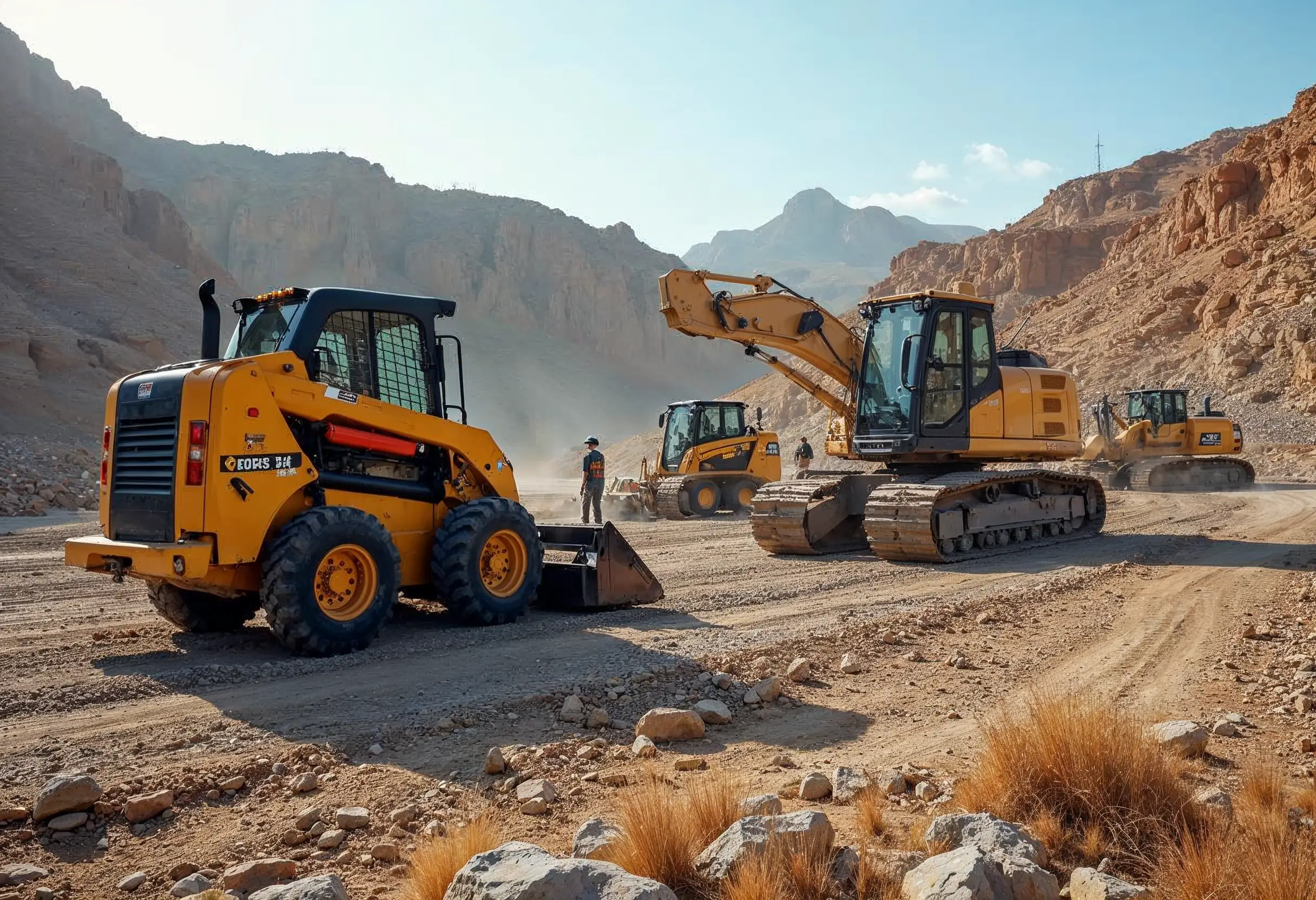
29 Quick Tips for Choosing Construction Equipment for Remote Locations
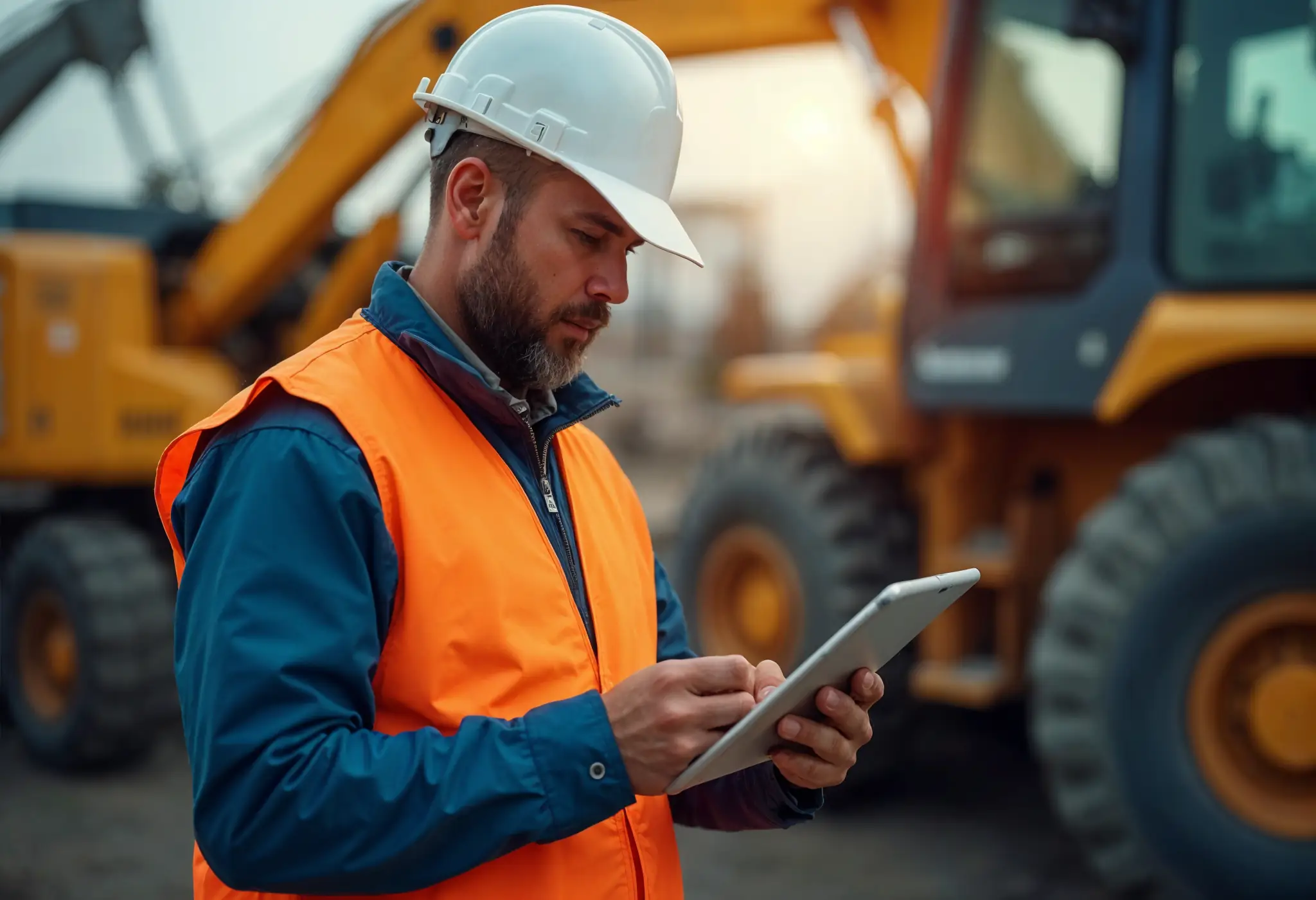
How to Select Construction Machinery with Optimal Equipment Maintenance in Mind
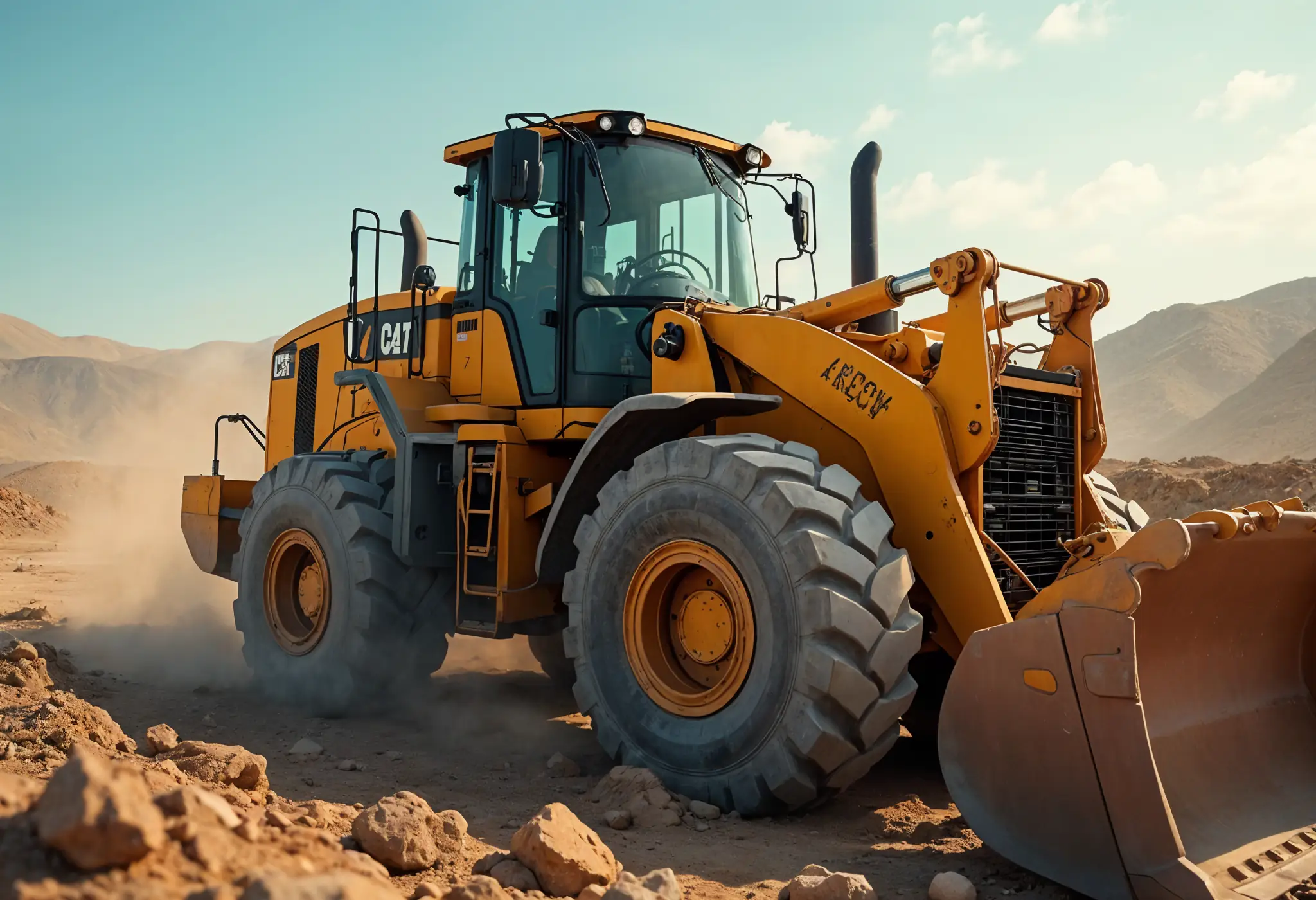
Top 25 Tips for Selecting Bulldozers for Construction Sites
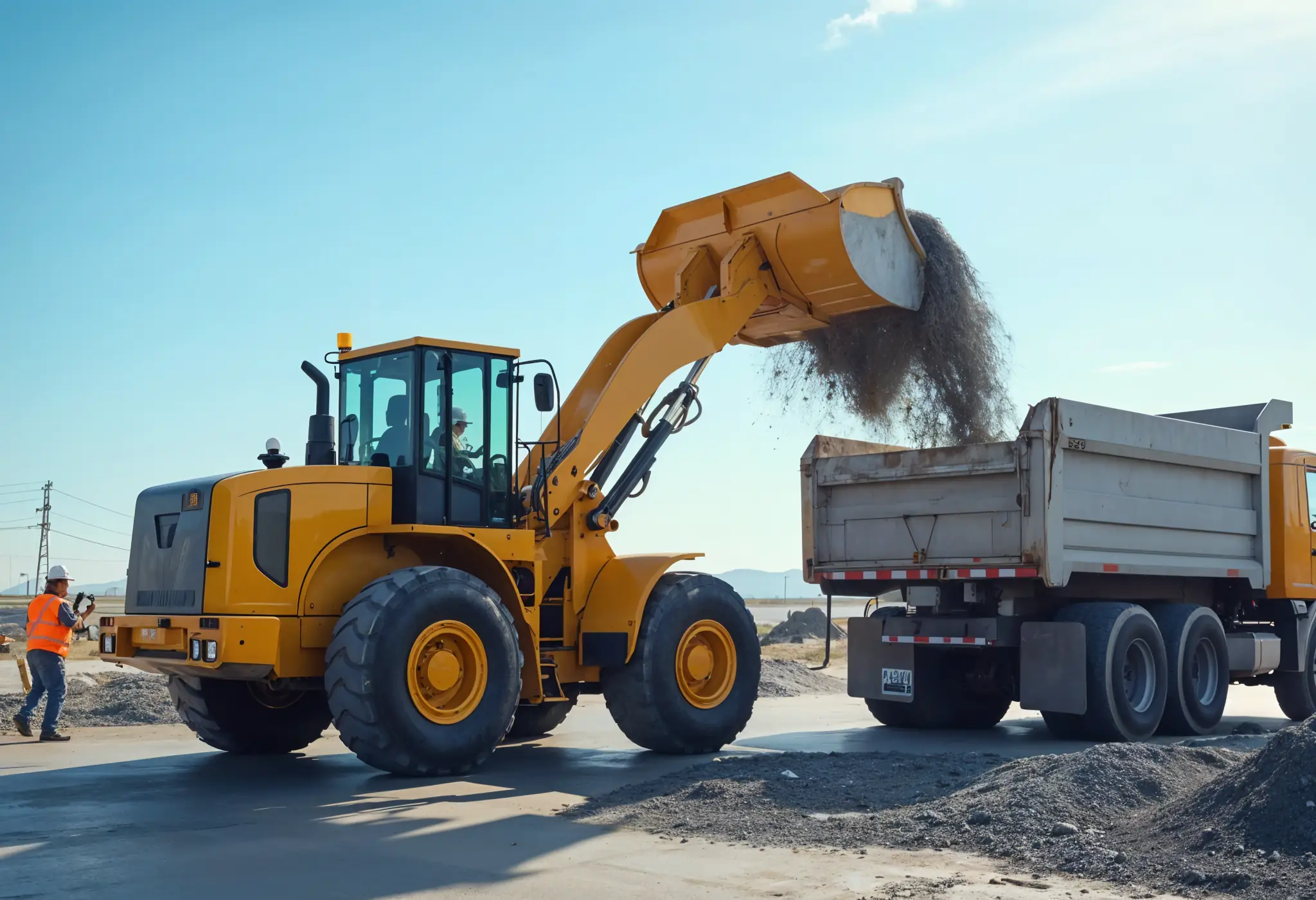
Which Construction Loader is Best for Your Project Needs?

4 Key Steps to Form a Construction Machinery QC Team

15 Essential Tips for Selecting the Perfect Crane for Construction
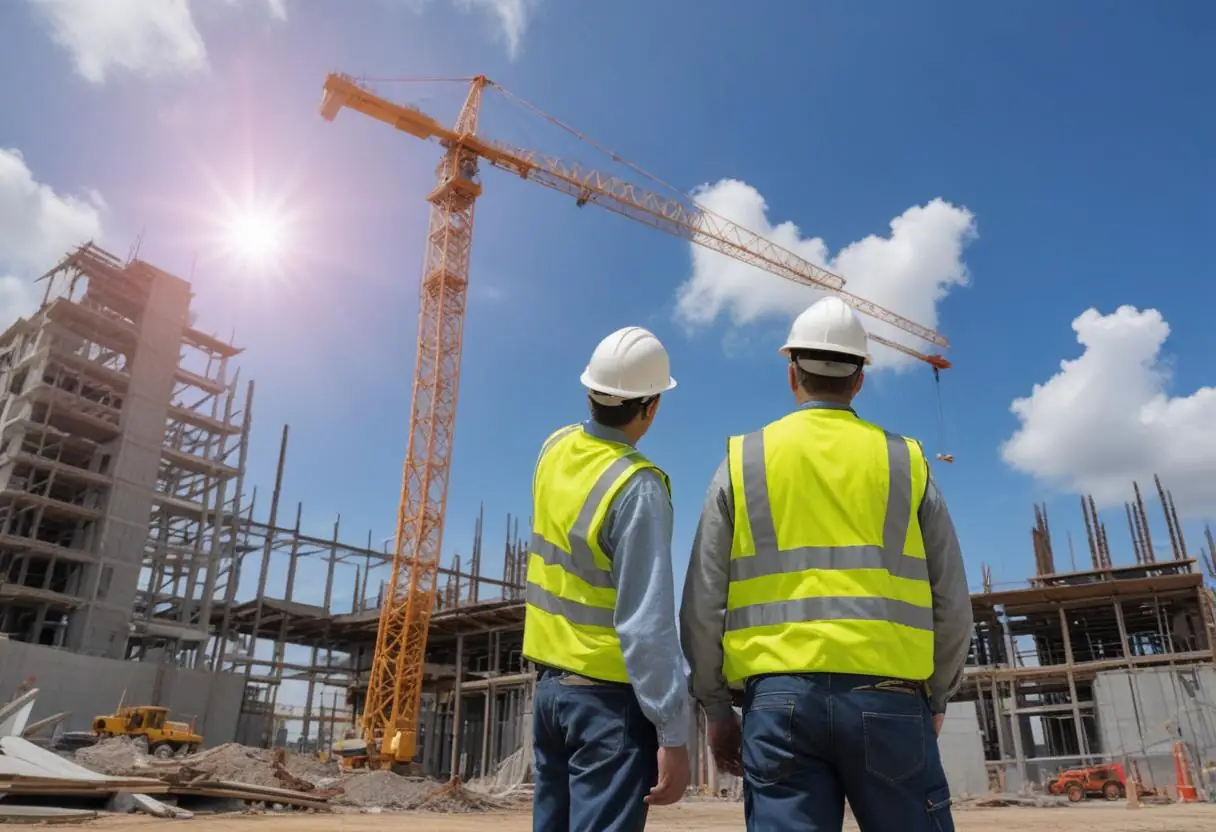
Maximize Savings: Multi-Purpose Construction Machinery for Lower Costs

Affordable Heavy Equipment Parts: A Sourcing Guide
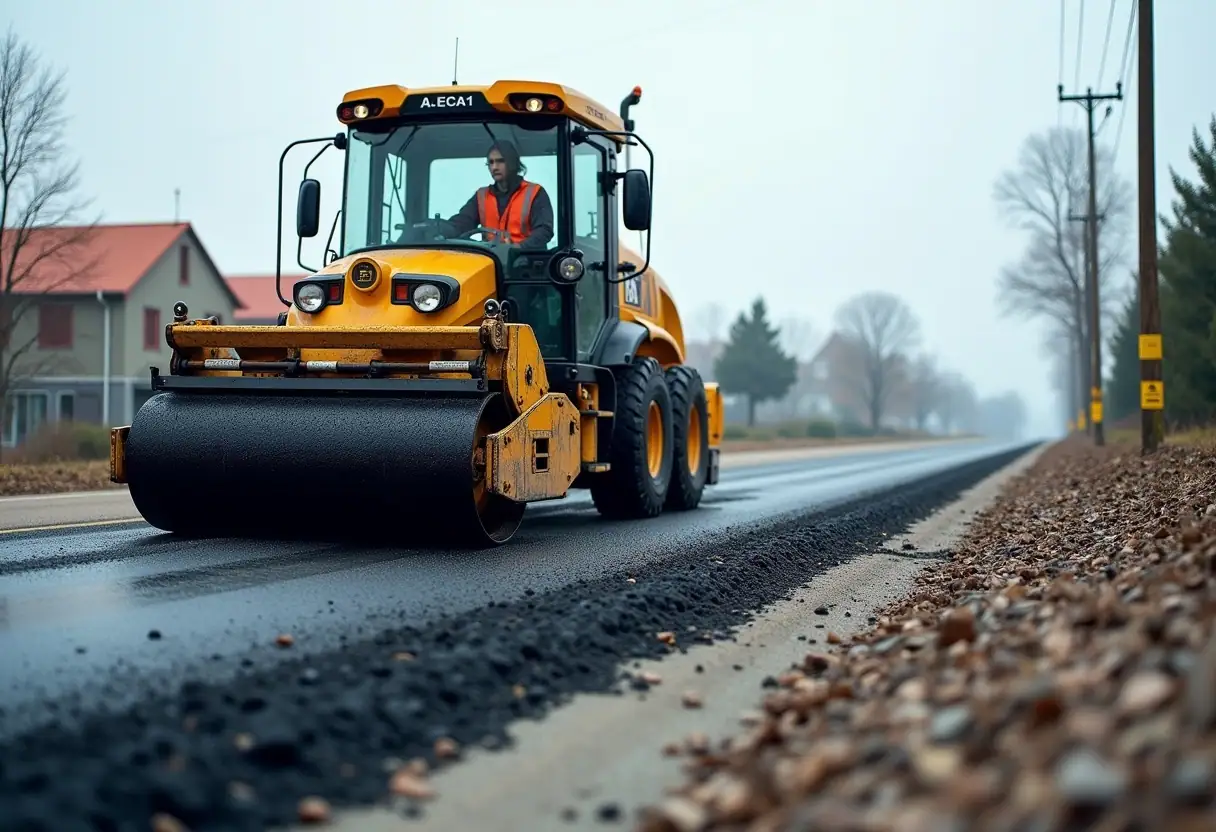
Choosing the Right Road Construction Equipment: A Complete Guide
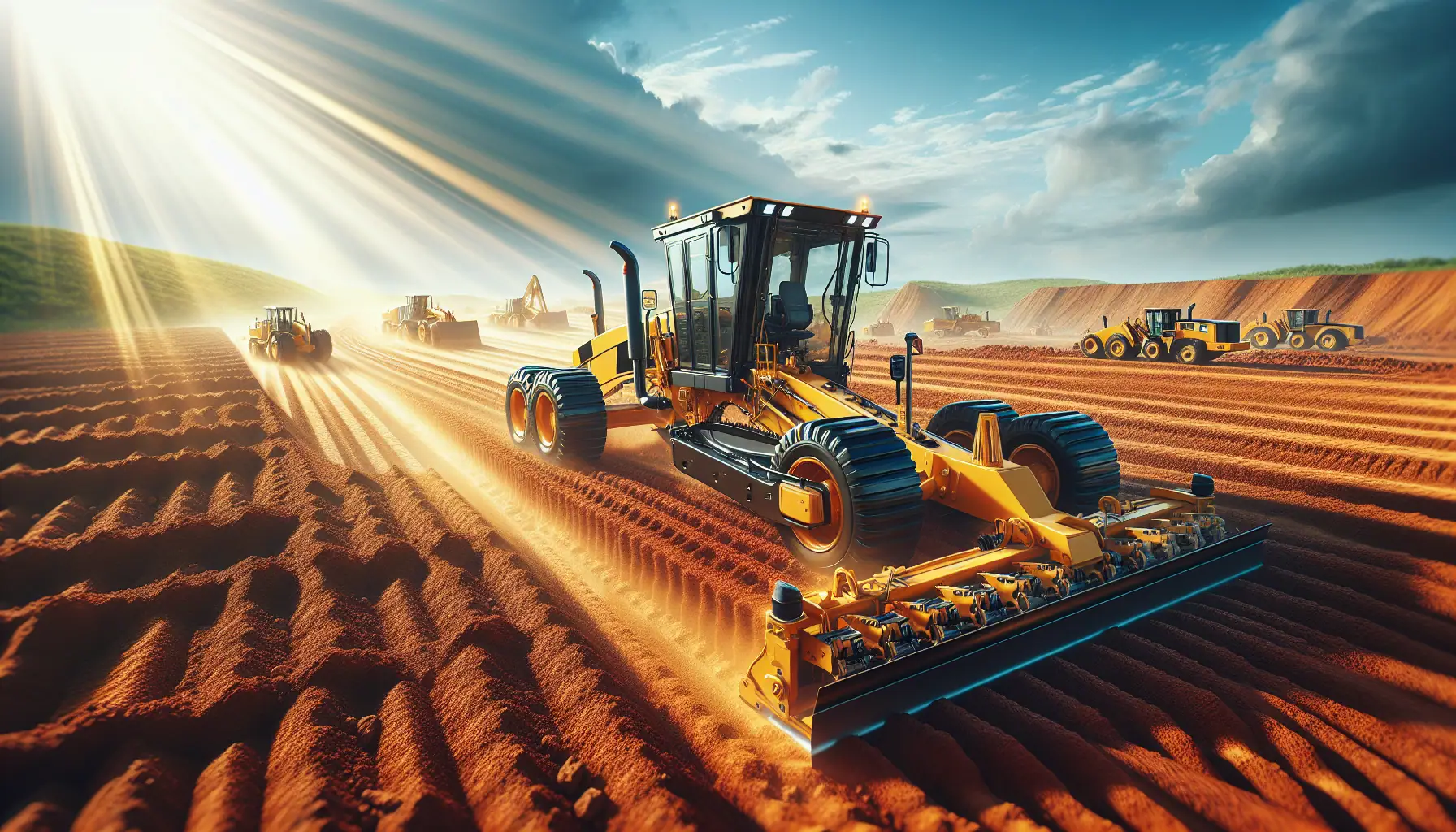
Motor Graders: Key Elements to Consider for Optimal Selection
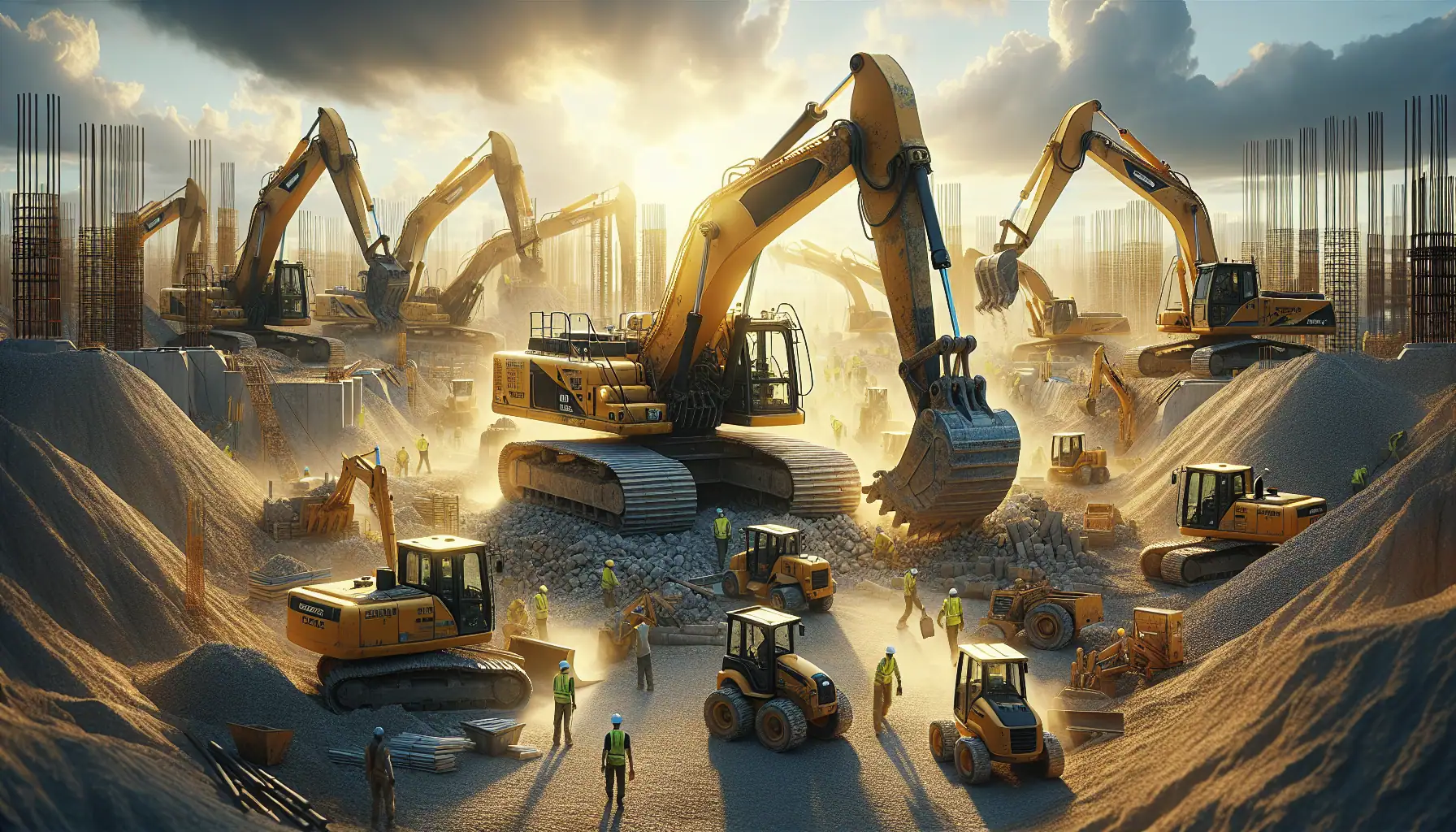
A Detailed Guide to Choosing Excavators for Construction Work

Top Tips for Choosing Cranes for Construction Projects

5 Top-Rated Demolition Machines for Construction Professionals
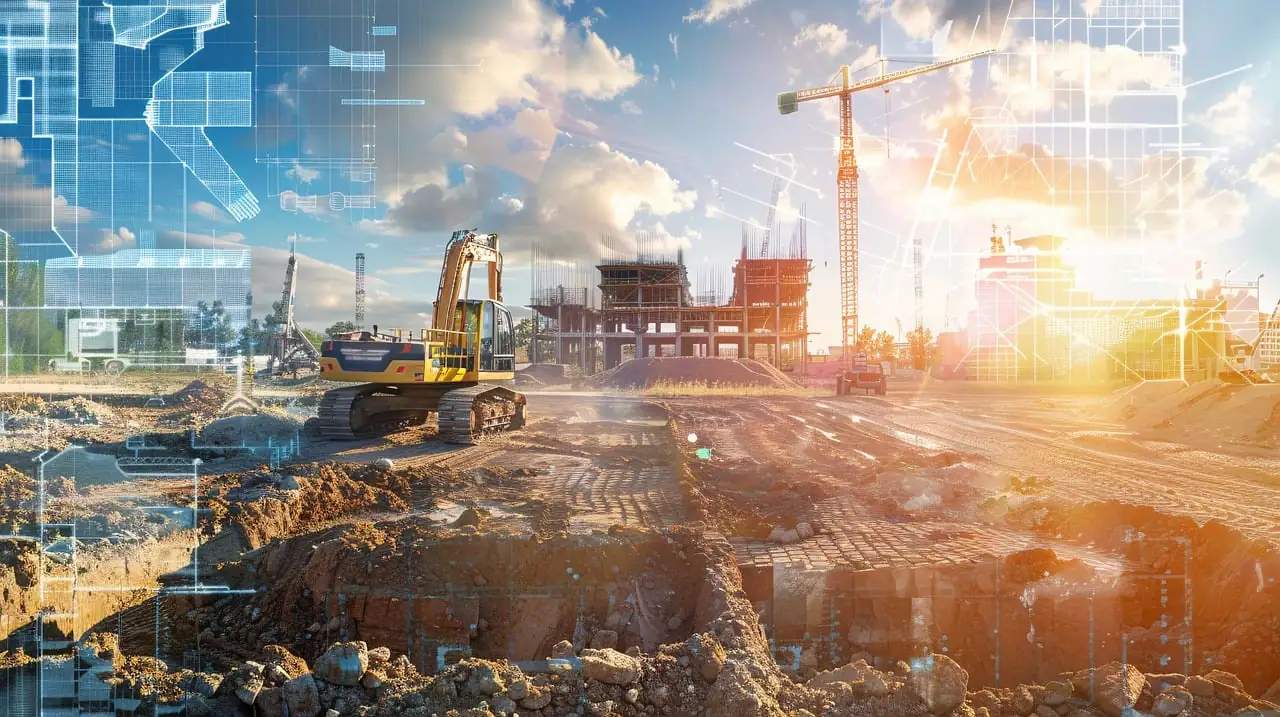
Expert Tips on Choosing Earthmoving Equipment for Large Projects
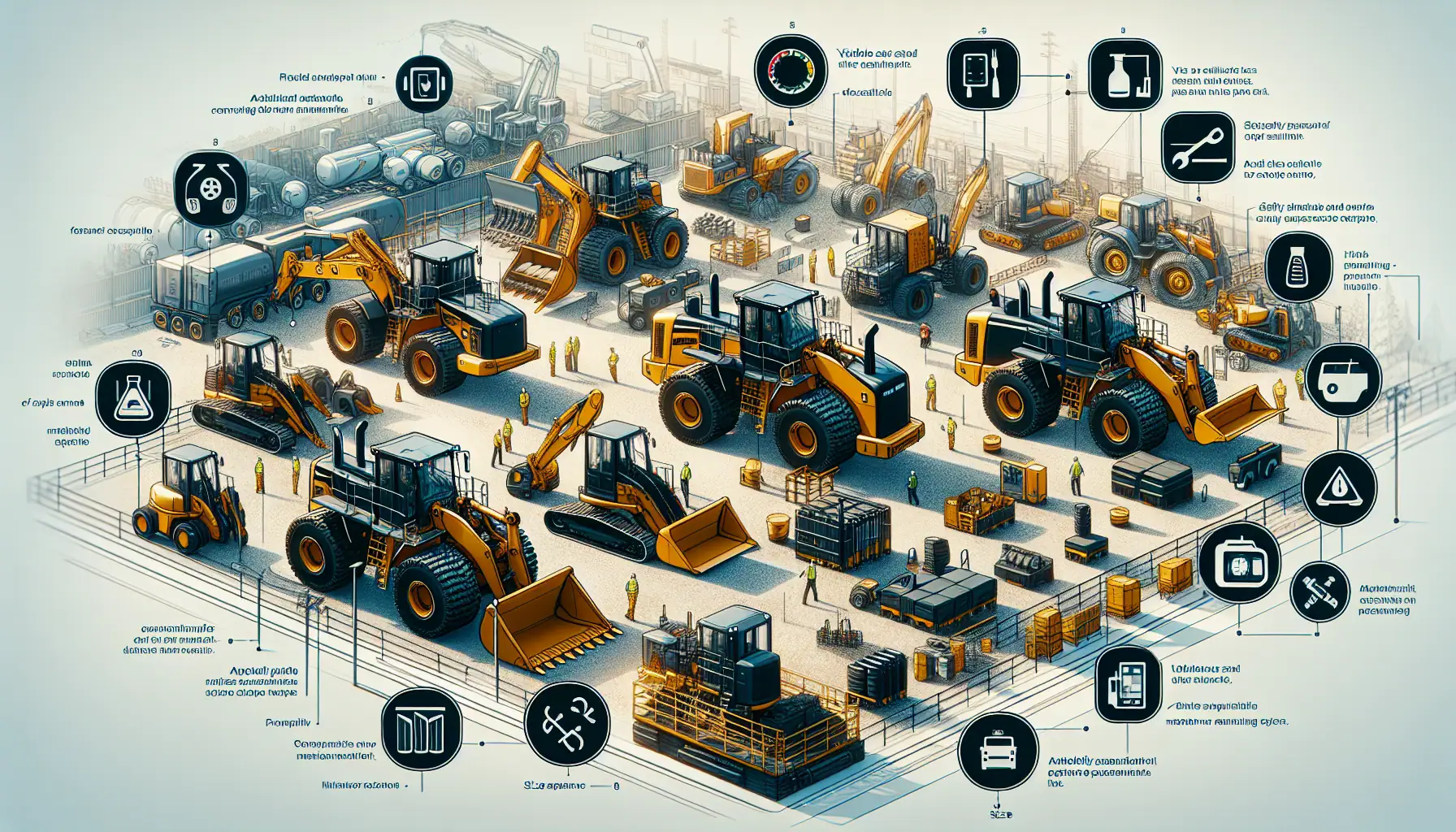
Top Functional Criteria for Selecting Heavy Construction Equipment
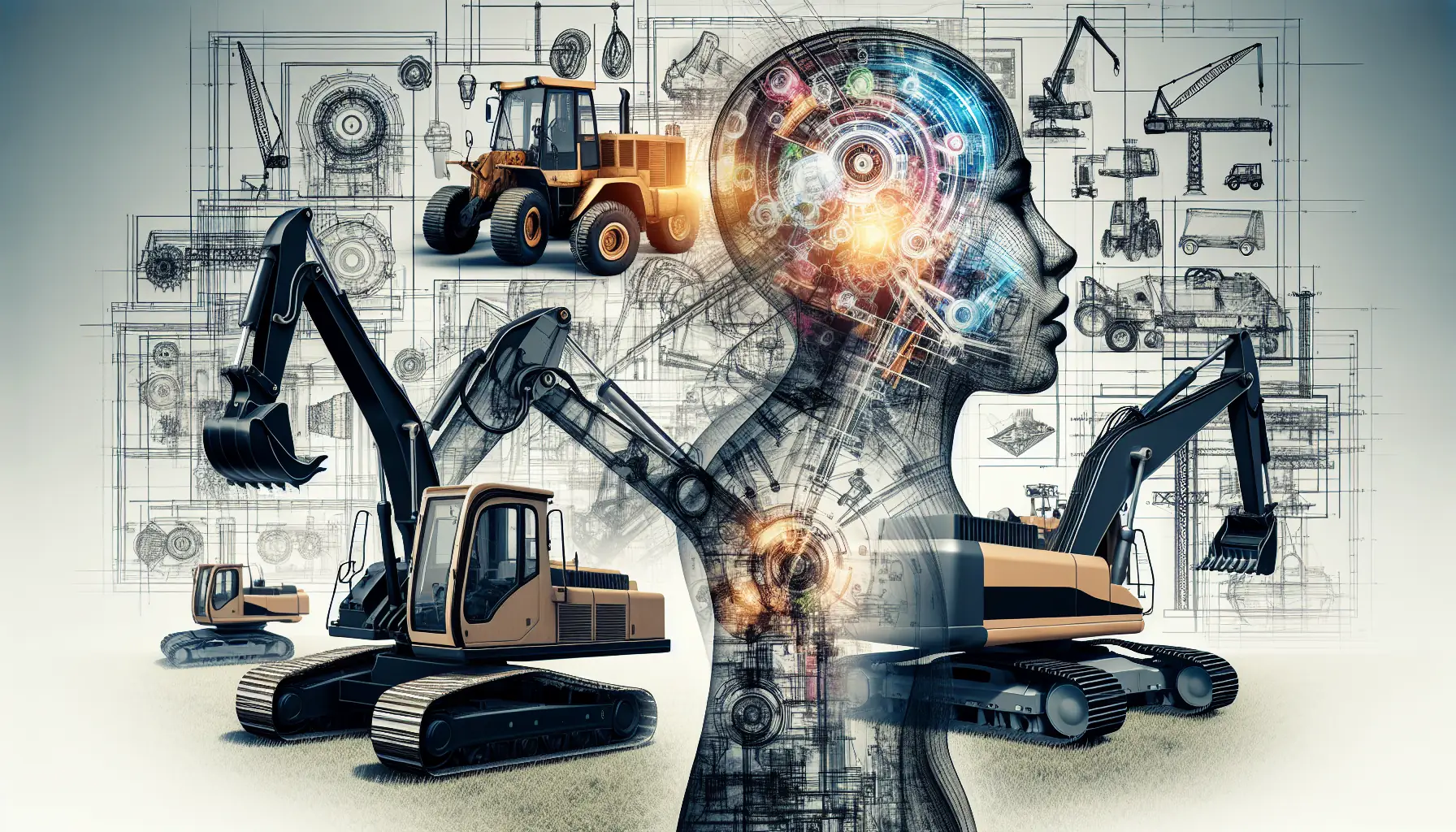
Construction Machinery: Detailed Guide to Equipment Specifications
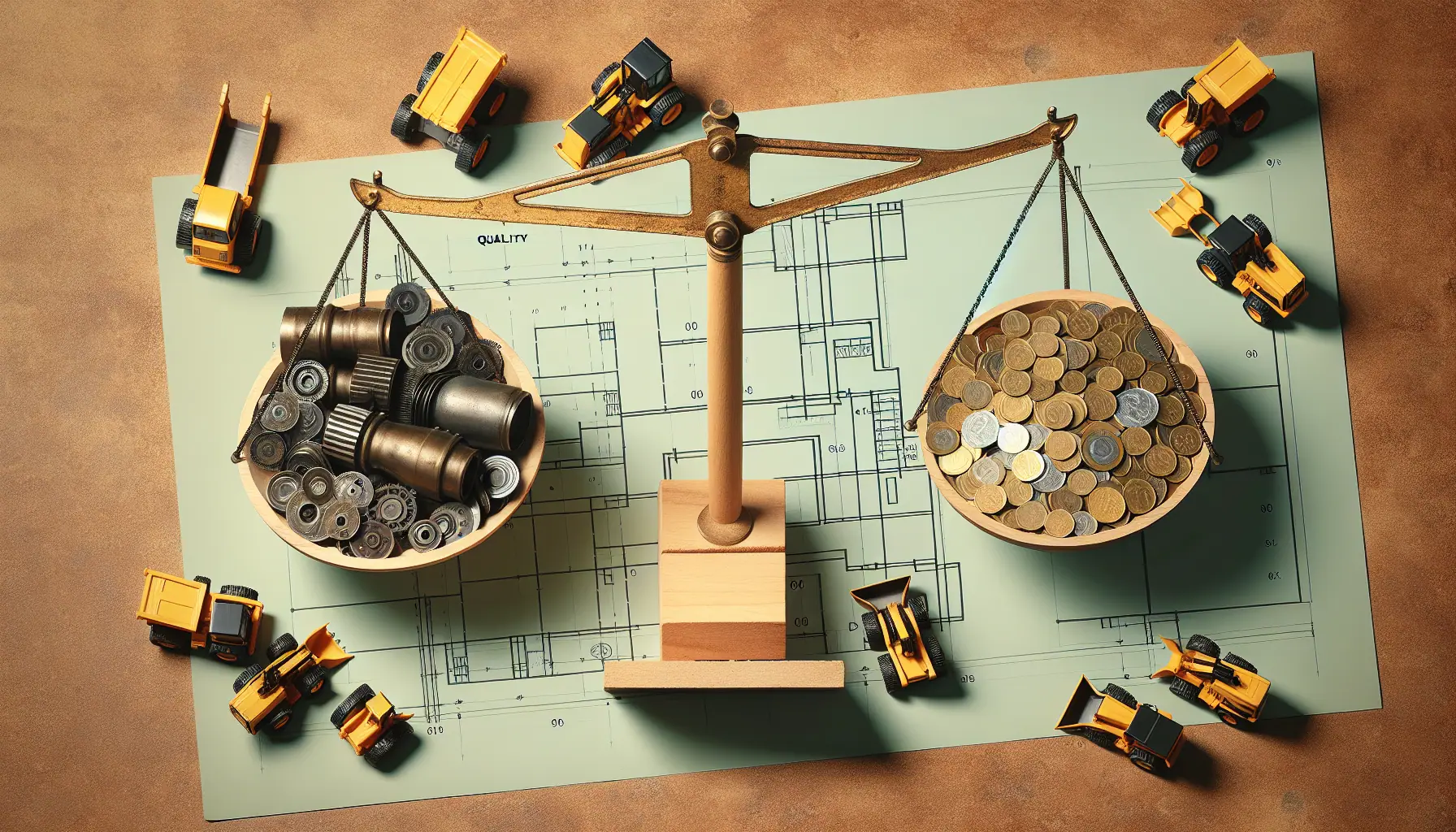
Heavy Machinery Prices: Key Factors in Cost and Quality Balance

Best Construction Heavy Equipment Brands: Pros and Cons
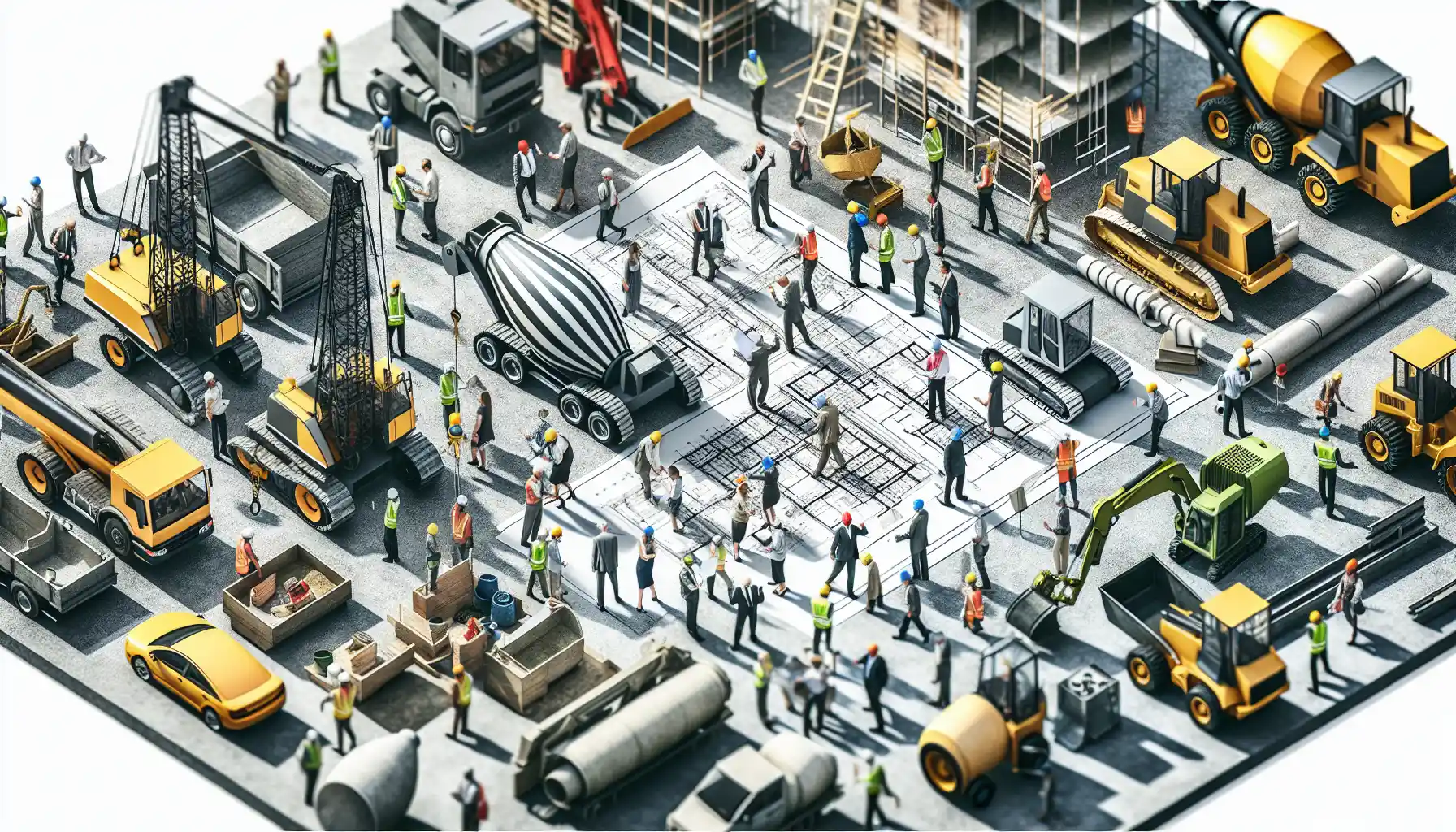
Construction Site Equipment: How to Determine Your Requirements

Maximizing Safety: Risk Management for Construction Projects

Innovations in Construction: Transforming Machinery and Equipment
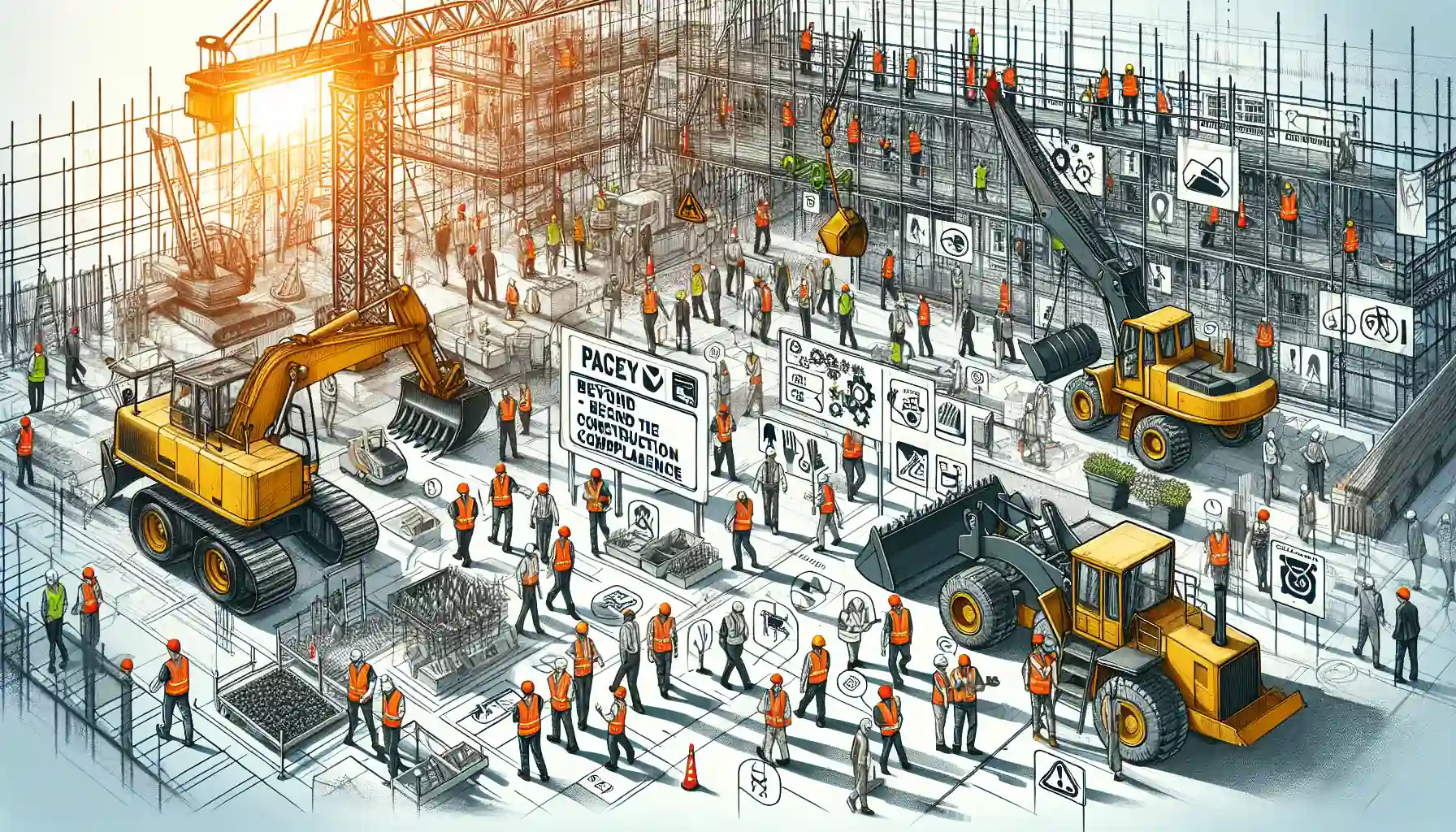
Heavy Equipment Safety: Beyond the Basics in Construction Compliance
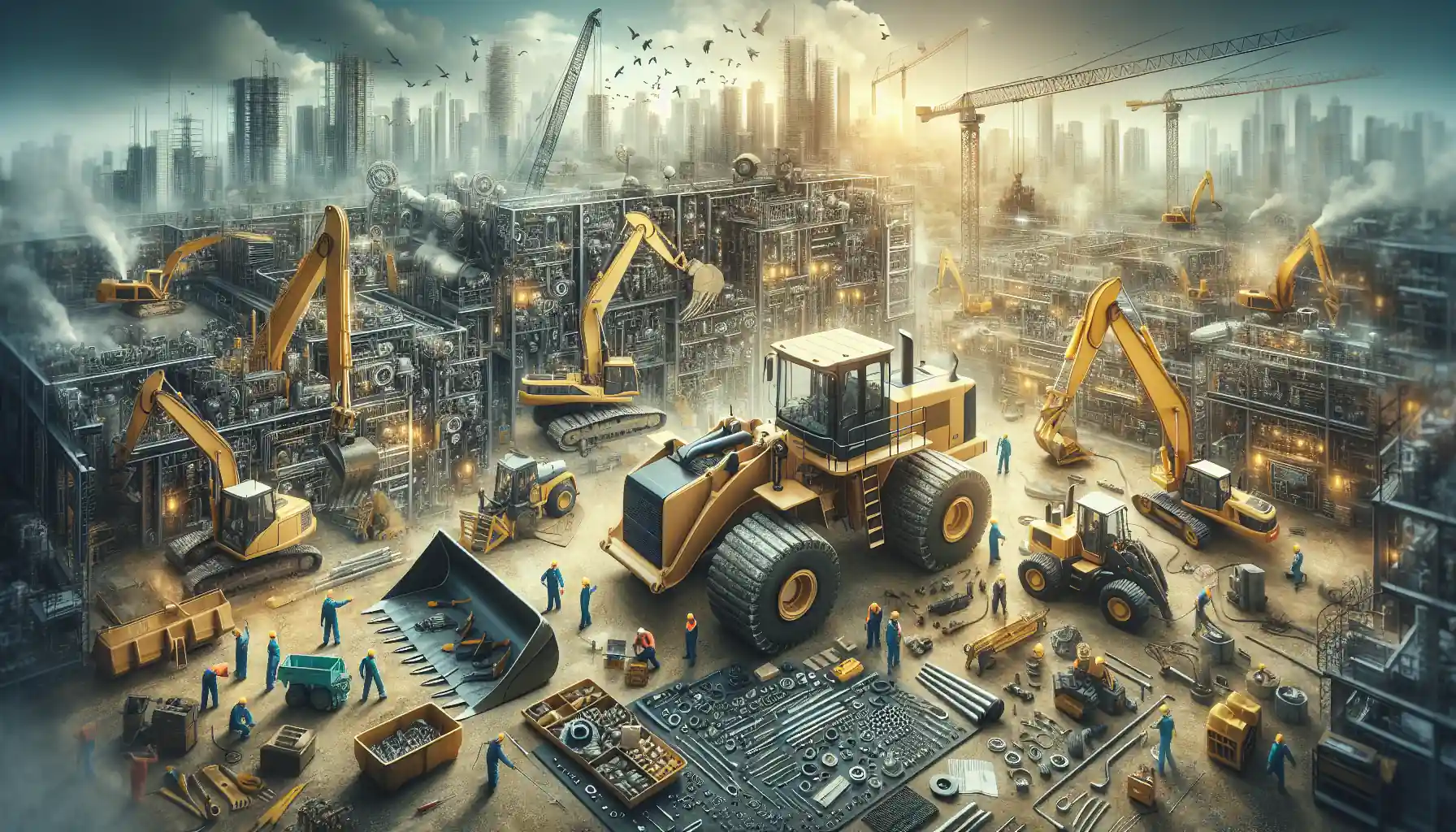
The Essential Handbook for Construction Equipment Repair and Maintenance

How to Efficiently Source Oil and Gas Machinery Parts in NYC

Essential Guide to Sourcing Agriculture Equipment Parts
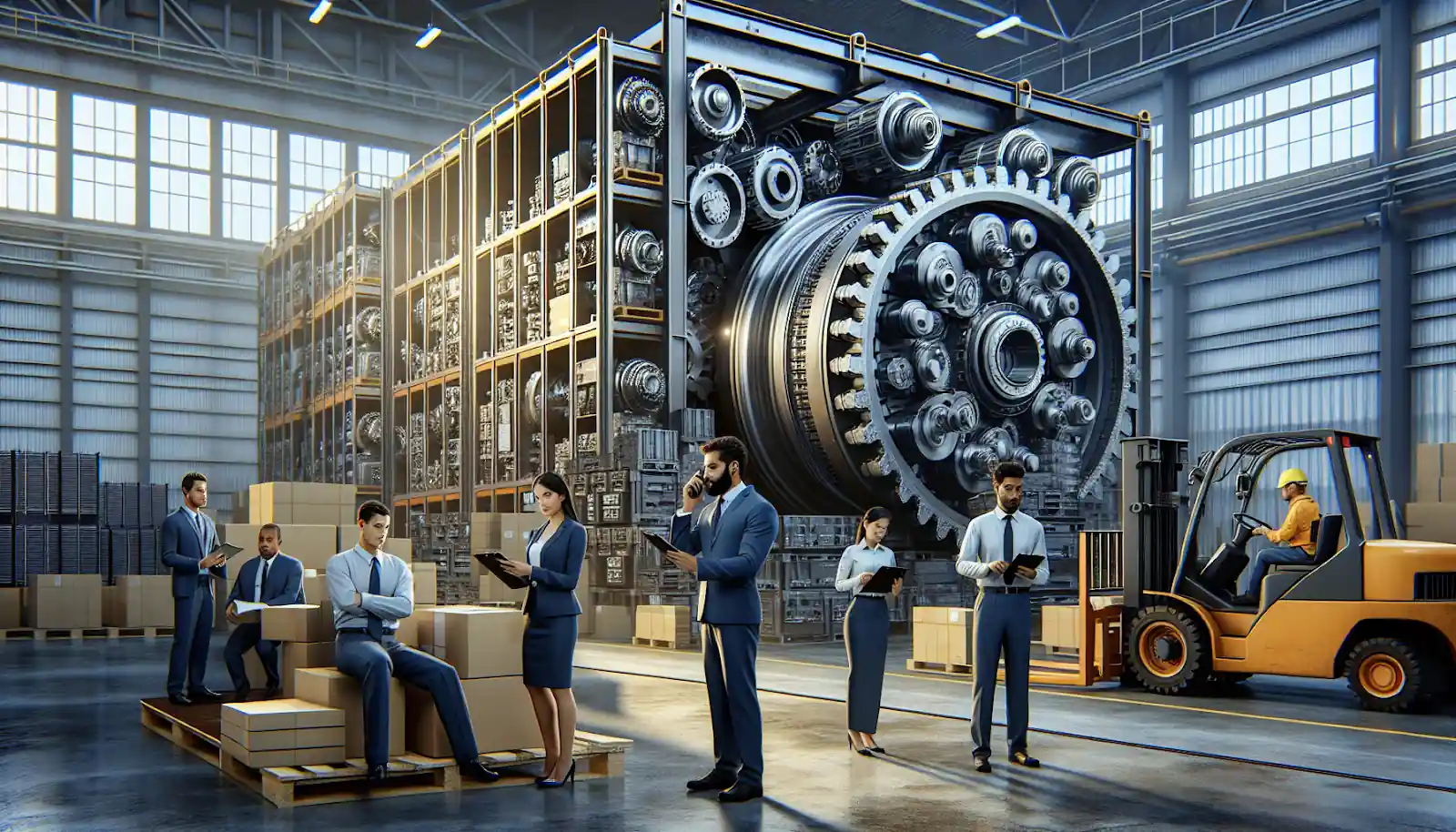
How to Source Mining Machinery Parts: Tips and Strategies
